From November to March, one of the most spectacular natural phenomena in the world can be observed in Central Mexico! The Oyamel Fir forested mountains, a few hours west of Mexico City, are home to millions of overwintering Monarch butterflies.Why Visit El Rosario Butterfly Sanctuary?El Rosario is the most accessible of Mexico's five protected wintering grounds for millions of Monarch butterflies. It is also known for having the largest populations of Monarchs! From Mexico City, it is just a few hours away. You can also get there by flying into Morelia Airport. When To GoPeak viewing season runs from mid-January to late February—this is when the butterflies are most active! How to Get There From Mexico City AirportMexico City airport, officially Aeropuerto Internacional Benito Juárez, is the second largest airport in Mexico so it tends to be the least expensive and has the most direct flights. If your flight is getting in late, I would recommend staying at Hotel Geneve, a 5-star hotel for an incredibly good price and one of the oldest hotels in CDMX! From Mexico City Airport you can take an authorized taxi to a bus station in Mexico City. Authorized taxis offer comfortable and safe service and are the only taxis authorized by the Communications and Transport Authority. Taxi tickets are sold at the modules located near the arrival gates at Terminal 1 and 2. You will tell the clerk where you would like to go, in this case the Terminal Central de Autobuses del Poniente Bus Station. They will hand you a ticket which you will give to an authorized taxi driver outside. Mexico City is a large city (almost 9 million people!) so there are several different Bus Stations. Poniente Bus Station is located on the Western side of the city and will be your best option for finding a direct bus ride to Zitácuaro. Take a Bus from Mexico City to ZitácuaroMy favorite bus lines include ETN, La Linea, and Primera Plus. They are some of the nicest in Mexico! You can take a bus directly to Zitácuaro in the state of Michoacán and it is only a two hour bus ride. From there, you are only about an hour from El Rosario! Keep in mind, the buses in Mexico are not like the Grey Hound buses you might see in the US. They are very luxurious if you pick the right bus line, and more comfortable than most airplanes. First class buses have comfortable seats, TV screens for each seat with free headphones, clean bathrooms, baggage check and WIFI! *Hint* The bathrooms inside bus stations cost around 6 pesos (30 cents USD) and can be a hassle if you have a lot of luggage. It's best to wait until you get to the bus if possible! Navigating the Bus StationsThis may be an intimidating experience at first but you will quickly get the hang of it. It helps to know some key phrases in Spanish when it comes to transportation. Even if you don't know Spanish, you can simply go up to a bus counter and say the city you want to go and they will point to times you can choose from. Check out this Complete Guide to Bus Travel in Mexico to answer any questions you might have! Other things to do in Mexico City If you find yourself with a little extra time, don't miss some of these amazing sites! 1. Frida Kahlo Museum 2. National Museum of Anthropology 3. Tenochtitlán 4. Zócolo, Mexico City How to Get To El Rosario From MoreliaAnother option is to fly into the Morelia airport which is also just a few short hours from the Monarch butterfly sanctuaries. From the airport, I recommend taking an authorized taxi to the Central de Autobuses (Bus Station) in Morelia. In larger cities, like Morelia and CDMX, you can also use Uber instead of taxis for some very competitive prices. From the bus station, you will follow the same steps as above. First, buy your ticket at one of the bus line counters. I recommend a first class bus line like Primera Plus, ETN, or La Linea. You can look online for their bus schedules but online schedules aren't always as reliable as going in person. Get to the bus station AT LEAST 30 minutes earlier than your departure time. I would even recommend getting there an hour early if you are new to public transportation in Mexico. It's not difficult, but there is a slight learning curve. Take a Bus From Zitácuaro to AngangueoFrom Zitácuaro, we took an hour-long bus ride to Angangueo for about 50 pesos ($2.50 USD). Another option would be to take a taxi for around 300 pesos ($15 USD). Angangueo is a small mountain village with beautiful, colorful houses and a lovely cathedral. Angangueo is part of the 'Pueblos Magicos' (Magical Villages) program created by the Secretariat of Tourism. The program promotes visiting small, rural towns, where visitors may see indigenous crafts, spectacular landscapes and other attractions. A "Magical Village" is a place with symbolism, legends, history, important events, festivals, traditions, great food, and enjoyable shopping, day-to-day life – in other words, "magic" in its social and cultural manifestations, with great opportunities for tourism. Every Pueblo Magico offers a special experience to the visitor. Angangueo is the PERFECT launch pad to visit El Rosario and Sierra Chincua! There are a few Airbnbs in Angangueo where you can even stay in this magical village. We chose to stay in an amazing Airbnb in Aporo which is about a 30 min taxi or combi ride from Angangueo. A combi, or microbús is a form of public transport, seen commonly in Mexico. I found that our Airbnb hosts were very helpful in navigating to the butterfly sanctuaries. Take a Combi From Angangueo To El RosarioOnce you have arrived in Angangueo, it's a very easy 30-ish minute ride to the El Rosario Butterfly Preserve. You can either take a taxi or a combi (aka shared taxi) to the entry of the preserve. The combi costs 45 pesos ($2.50 USD) to get to El Rosario. A taxi will cost around 200 pesos ($10 USD). I actually would recommend taking a combi because you get a better taste of the culture. If you choose to take a combi, you will find the parada (bus stop) not far from Centro. You may need to ask for directions (Como puedo llegar a las combis que van a las mariposas?). The combis leave every 30 minutes so you can easily get to and from El Rosario throughout the day. I believe that the last combi leaves at 5:00 pm so it's best to get there early so you can spend the whole day! There are several great places to eat when you get to El Rosario. YOU MADE IT!Enjoy this magical experience and don't forget to tip your awesome guides and take lots of pictures! You can hike or take a horseback ride to the butterflies!The horseback ride is only about 20 minutes and the guide will lead your horse the whole time so you don't need any prior horse experience. The total price for the horse is 300 pesos, or about $15 USD. If you decide to hike, be prepared! It is a very nice trail but it is steep and, if you aren't acclimated to the 3000m elevation, it can be very challenging. The hike in total is about 40 minutes each way. Other Insider Tips for Visiting El RosarioBring an extra jacket because it will always be colder in the sanctuary which is at an altitude of almost 10,000 ft or 3000 m. If riding a horse, you can ask to tie the coat onto your saddle.
Bring a water bottle, as it is important to stay hydrated especially in higher altitudes. Start out early! It's best to be at the sanctuary by noon to catch the most active time for the butterflies! Don't underestimate the hike. The elevation makes it much more difficult that it appears and the stairs are no joke. Take a horse if you have any concerns about the hike. If you decide to take a horse ride, help your horse out by leaning slightly forward on the uphill and leaning back on the downhill. On the downhill, press your feet into your stirrups to stabilize your body. Watch your feet! Be careful not to step on a butterfly. It would be a shame to come all that way and accidentally step on a butterfly! Consider bringing a hat for sun protection. The sun feels stronger at higher elevations.
8 Comments
A plant or seed library is exactly how it sounds: It's simply a place for gardeners to trade seeds and plants! Identify the rules that you feel will be helpful for your libraryIt's good to establish some rules that will be posted next to your stand. Specify if there are any plants or seeds that are not accepted. Make it simple and straight-forward so people will read it. Are cuttings, seeds, and plants allowed? Are both native and non-native plants allowed? Is there a limit to how many plants/seeds one can take? Different libraries have different rules so make sure to establish those are make them well known. Get others involvedIt's nice to have multiple people involved so you can share the work with other passionate gardeners. You an present it to a garden club, community garden, library, community center or other local community group to get more people involved. Another great place to look is on Facebook. There are many local gardening and plant groups where you can spread the word! Create a signThis is the fun part where you can stretch your creative muscles! You can paint it by hand or get a waterproof banner printed online (especially if it's going to be outside). This would also make a wonderful scout project or school project! Contact Save Our Monarchs Foundation if you are looking for FREE seeds for your educational project. Choose a place for a shelf or standArrange for a convenient space, which could even be your front yard! If you live near a bike path, park, or community garden there can be a lot of foot traffic and people will see your library. Often, actual libraries are willing to dedicate a space for a seed library! If you do choose to have your stand outside, make sure you can offer a little shade and protection from wind for the plants and an easy way to water them. You will also want to build/buy a stand for all of the plants to sit on! Put out plants/cuttings/seeds and ask the community to participate. Once you have established a place to put your library, created a sign, and found a few people to help, you're ready to start putting out plants and seeds! Add your location to Google Mapshis is a great way for people to be able to find it! Create your own website/FB page for the library so you can provide the community with updates. A Facebook group or website is a great way for people to stay in the loop. Doing this, may also inspire others in the community to create their own seed/plant library! Share your plant/seed library story with Save Our Monarchs Foundation by emailing your story to [email protected]. We would love to hear from you! Happy Gardening! Special Thanks to Kimberly Christian of Tally Plant Library for sharing her story and giving tips to help write this blog! ResourcesSave Our Monarch's School Program https://www.saveourmonarchs.org/schools.html Seed Lending Library: How to Start a Seed Lending Library https://www.gardeningknowhow.com/garden-how-to/propagation/seeds/how-to-start-a-seed-library.htm Tally Plant Library https://tallyplantlibrary.wixsite.com/tally
Save Our Monarchs is offering a new program for people living in Senior Living Centers, Nursing Homes and Hospitals. What is included in the seed packets?Common Milkweed (Asclepias Syriaca)
Pollinator Seed PacketThis is a complete Wildflower Garden mixture, featuring two varieties of Milkweed, and includes all of the Perennial and Annual seeds needed for a great looking garden. This perennial mix includes several varieties of host and nectar sources. In the first year, the annuals will bloom with a beautiful display of colors and nectar for our pollinators while the perennial plants will begin to establish their root systems. In the second year, the perennials will begin to put on leaves and most will begin blooming. By the third year, the perennials will be fully established and be in their full glory as the photo from my garden displays! Common Milkweed (Qty. 100) Butterfly Milkweed (Qty. 25) Partridge Pea (Qty. 15) Lance Leaved Coreopsis (Qty. 20) Plains Coreopsis (Qty. 12) Cosmos Sensation Mix (Qty. 10) Purple Coneflower (Qty. 20) California Poppy (Qty. 12) Blanket Flower (Qty. 10) Dwarf Sunspot Sunflower (Qty. 7) Meadow Foam (Qty. 7) Dwarf Lupine (Qty. 12) Perennial Lupine (Qty. 5) Arroyo Lupine (Qty. 5) Bee Balm/Wild Bergamont (Qty. 5) Lacy Phacella (Qty. 5) Mexican Hat (Qty. 5) ReferencesTaylor, David. US Forest Service. Plant of the Week: Common Milkweed.
https://www.fs.fed.us/wildflowers/plant-of-the-week/asclepias_syriaca.shtml Grow Milkweed Plants. Discover Native Milkweed by State. https://www.growmilkweedplants.com/usa.html Butterfly Milkweed Plant Profile, USDA- Natural Resources Conservation Service. https://plants.usda.gov/core/profile?symbol=ASTU Although it may be too cold to get out into the garden, it is the perfect time to start brainstorming your beautiful butterfly garden, purchase seeds and support organizations that are protecting Monarch overwintering grounds! 1. Adopt a Monarch ColonyWestern monarch overwintering sites as well as those in Mexico could use your help! Butterflies and Their People is an organization based in Macheros, Mexico (near Cerro Pelon) where thousands and thousands of Monarchs overwinter. This organization employs people to be guardians and caretakers of the Monarchs and their overwintering grounds. Cerro Pelon is closed to the public for the second year in a row. In place of this, they offer a virtual Monarch butterfly experience included in their Adopt a Colony program in order to support the Monarchs and the guardians of the forest. You can adopt an overwintering site in the United States and become an advocate for the site’s protection and active management. Contact your local elected official to ask that monarch overwintering sites in your area be protected. View the Xerces Society's Management Guidelines for Monarch Butterfly Overwintering Habitat Make a donation to your favorite Monarch or other pollinator conservation program. Many programs like these are donation-based and are fighting to save our Monarchs everyday! 2. Do your research.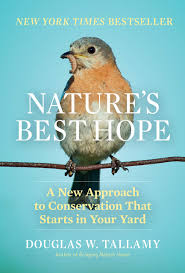 There are many resources out there if you want to learn about ways you can help protect Monarchs and other pollinators. A must-read is Douglas Tallamy’s new book Nature's Hope and Bringing Nature Home . As a professor of Entomology at the University of Delaware for over 30 years, Douglas has a strong grasp on the importance of planting native plants in order to sustain wildlife. Douglas’s style of writing makes scientific writing accessible to everyone. He explains the role of evolutionary relationships between native plants and pollinators while providing tips on how you can start your own native garden. Another great book that discusses the relationship between native plants and pollinators is Pollinators of Native Plants a book by Heather Holm. This book focuses on plant profiles and insects of the Midwest, Great Lakes, Northeast and southern Canada regions. Other recommended books for the pollinator conservationist are: Attracting Native Pollinators -The Xerces Society Native Plants of the Northeast: A Guide for Gardening and Conservation by Donald J Leopold Your local library is a great place to start your research! 3. Start your milkweed seeds indoors.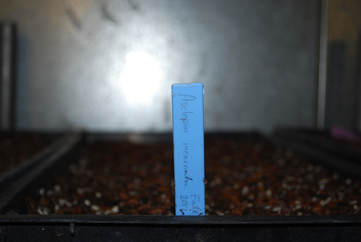 Milkweed seeds need a 30-60 day cold stratification period so it's never too early to start! Starting seeds at home is a cost-efficient and fun way to get a head-start on the gardening season. Starting your seeds in a controlled environment allows you to make adjustments to soil, temperature, and moisture for best germination results. The ideal time to start seeds indoors in generally 6-8 weeks before your last frost date so check The Old Farmer’s Almanac to look for your area's average last frost date. You can also refer to our last blog post on How to start Milkweed seeds indoors to get started! 4. Start planning your pollinator garden!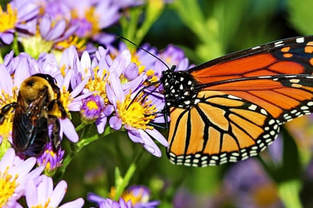 By starting a butterfly garden, you are providing necessary sustenance for Monarchs along their long migration route and providing them with breeding grounds so that successive generations of Monarchs are able to complete their migration route to Mexico. The need for host plants and nectar plants applies to all Monarchs as well as other butterfly populations. Here are some questions you may want to ask yourself when planning your butterfly garden. 1. Am I in the migration route of the Monarchs? This handy graph by Monarch Watch tells you when the Monarch migration will peak in your area 2. What time of year are the Monarchs in my region? Journey North provides Monarchs sightings and also archives past years. 3. What plant zone am I in? The USDA’s plant hardiness zone map tells you what plants will grow in your region. 4. What are my soil conditions? Is your soil sandy, clay-like, silty, loamy? You can find out with an at-home soil test. Research soil requirements for the plants you’d like to grow. If some of plants require an uncommon soil type, you might consider potting them. 5. Is the area I want to plant in full-sun, part-sun or shade? Take a walk around the area that you plan on starting your butterfly garden. Observe that area throughout the day and notice how much sunlight it gets. Full sun plants require at least 6 hours of direct sunlight while part shade/part sun plants require 3-6 hours of direct sunlight. 6. Is the area windy? Monarchs and other butterflies don't love wind so try to find a peaceful, non-windy area for them to rest. 7. What types of plants do I want to grow? A common recipe for butterfly gardens is 3 kinds of Milkweed (common, butterfly and swamp), 5 native plants that flower in the Spring, 5 that flower in the Summer and 5 that flower in the Fall. This will ensure you have a year-round garden! Also, make sure that your plants are native to your area so native bugs can flourish! 4. Become a citizen scientistBecoming a citizen scientist is quite easy and allows you to connect with other nature enthusiasts, naturalists and conservationists. Citizen scientists from around the country log data and observations which is vital to understanding the monarch migration, biological cycles and why they are disappearing. Simply by writing down a Monarch observation and logging it into one of these sites will contribute to science and help the Monarchs. Below are some great places to start if you would like to participate in Monarch research and much more. Journey North Southeastern Monarch Monitoring Project inaturalist Journey North Monarch Monitoring Project Monarch Watch All you need is a pencil and paper to get started! Some of these websites also offer tagging materials and free educational materials so you could hold a Bioblitz or tagging event in your community! Autumn is here and your fall garden clean-up project may be looming. If you think it is daunting to clean up all of those leaves and standing dead plant material then I have some great news for you! You don't have to clean up all of those leaves! In fact, the butterflies, bees, songbirds and plants would prefer it if you didn't. Leave the LeavesThere are SEVERAL reasons to leave the leaves. They add nutrients to your soil, acting as a natural fertilizer as they decompose over the winter and resulting in healthier plants in the spring. Leaf litter is a vital food source for decomposers, like millipedes, snails, and worms. In turn, these beneficial decomposes are creating beautiful soil AND providing food for our songbirds. 15 percent of bee species nest in cavities, such as hollow plant stems or holes in wood so you are also supporting bees! Still not convinced? The layer of leaves act as a natural mulch and will provide an extra layer of insulation for your perennial plants Replace Some of Your Lawn with Native PlantsGrowing plants like coneflowers, milkweed, bee balm and other native pollinator-friendly plants in your yard is a great start! Remember, you can always start small. Pick a corner, border, or patch of your yard that you would like to designate as a native plant patch. These patches are vital for our pollinator's survival and more land is developed or converted to agriculture. There are somewhere around 40 million acres of lawn in the lower 48, according to a 2005 NASA estimate derived from satellite imaging making it the largest irrigated crop in the United States! Leave Perennials and AnnualsI know it can be very tempting to pull up the dead annuals and cut back your perennials (this includes milkweed). However, these plants are providing essential cover for over-wintering butterflies and bees. Standing dead plants will catch leaves as they blow over them which creates even more habitat for bugs! Spread AwarenessPut a sign up in your yard that designates your yard as a native plant sanctuary for pollinators and other invertebrates! Signs like this one by the Missouri Prairie Foundation will help to educate and encourage others to do the same! You can also share graphics and articles like this one that will help educate others on the importance of winter habitat! Wait Until Late SeasonIt is best to leave the leaves indefinitely but you may decide that you want to clean them up at some point. If you an can hold off until late Spring, you have done the pollinators and other invertebrates a great service and gotten them through the most vital part of their lifecycle! The first warm weather of spring may bring you out into the garden but before you start cleaning up leaves, consider looking for chrysalides that may still be clinging to standing plants.
Deadheading milkweed flowers in the early summer and cutting back old stalks in the fall are common ways to maintain a healthy milkweed patch!DeadheadingRemoving flowers that have wilted, also known as deadheading, is a great way to prolong blooms in the early and mid-summer. After the first flush of flowers, simply cut off the flower cluster above the topmost leaves on the stem. This will cause the plant to branch out and produce a second flush of flowers. Caution: The milkweed sap can be a skin irritant so be sure to use gloves while pruning. In order for your milkweed to be able to produce seed pods in the fall, deadhead only the first flush of flowers. A single milkweed plant will produce hundreds of seeds and it is the best way to ensure you have seeds for the following year! Learn more about milkweed seed saving here. Milkweed plants are known to spread so if you do not have room for more milkweed plants, cut the pods off in the fall when the pods are tan and the seeds are coffee brown. You can then give these seeds out to friends and family. Some birds are known to use the silky floss of milkweed pods to build their nests. The vermillion flycatcher, black-capped chickadees and Baltimore orioles are some of the known species that use milkweed floss for nest-building. So, once you have harvested seeds, you can toss the fluff back outside! Cut BackIt's always best to plant milkweeds that are native to your area. In Nebraska, we have 17 native varieties of milkweed. These native milkweed are perennials, meaning they come back year after year. Their aerial parts (flower, leaves, stem) die back but their rootstock remains alive throughout the winter. Cut back milkweed stalks in the late fall or winter, after they have produced seed pods and these seeds have had time to mature. Leave at least 6 inches of stalks to provide habitat for insects throughout the winter. Leaving stalks also gives you a marker so you know where your milkweed patch is. Birds such as Baltimore orioles can also strip fibers for nest material. When Spring arrives, you will have an abundance of new shoots and you won't have to do a thing! ResourcesBorders, Brianna and Lee-Mader, Eric. Milkweeds: A Conservation Practitioner's Guide
https://www.fws.gov/southwest/es/Documents/R2ES/Pollinators/8-Milkweeds_Handbook_XerSoc_June2014.pdf Dole, Claire Hagen. Brooklyn Botanic Garden. Milkweeds—Easing the Plight of the Monarch Butterfly. June 1, 2000. https://www.bbg.org/gardening/article/milkweeds#:~:text=Deadhead%20milkweed%20flowers%20to%20prolong,great%20in%20dried%2Dflower%20arrangements. The story of an organism always leads beyond itself to a larger web of relations with other organisms and elements of the environment. There is no isolation in the living world." This summer, I have been studying my pollinator patch from the eye of a macro lens. To better understand the milkweed flower, I used a dissection kit to see the inner workings of this complex flower and was amazed at what I found! The story of the milkweed plant cannot be told without first discussing the numerous insects that rely on milkweed for food and shelter. A Hidden Chamber of Golden PollenMilkweed are not like most flowers and comparable only to orchids in the way that they store pollen. Most flowers release pollen from their showy anthers but milkweed keeps the pollen hidden within a stigmatic chamber. This chamber contains pollinia, or waxy masses of pollen grouped into golden pouches. The only way for the pollinia to escape these chambers is via insects. So, how does this mechanism work within milkweed flowers? As bees seek nectar that is found within the hoods of milkweed flowers, their legs may slip into the stigmatic slit of the milkweed flower which leads to the stigmatic chamber. When they pull their legs back out, they pull out the pollinia and carry it to other flowers, helping the milkweed to cross-pollinate. A study by Morse showed that a bumble bee picks up a new pollinarium every 2 to 5 hours. The pollinia will stay attached to the legs for an average of 2.5 hours and the mouthparts for an average of hours. So you see, plants can be clever too! The Structure of a Milkweed FlowerThis diagram will help you to better understand how milkweed and pollinators interact! The milkweed flower has 5 reflexed petals. Sitting atop the petals is a corona, or crown, which consists of 5 hoods and 5 horns. The hoods hold the nectar that attracts insects. Enclosed within the corona is a structure called the gynostegium, or stigmatic chamber. This reproductive chamber has 5 vertical slits called stigmatic slits around its perimeter. These slits allow access to the female ovaries and male pollinia within it. Coevolution of Milkweed and PollinatorsI can understand how a flower and a bee might slowly become, either simultaneously or one after the other, modified and adapted in the most perfect manner to each other, by the continued preservation of individuals presenting mutual and slightly favourable deviations of structure." There are various pollinating agents that plants utilize in order to reproduce. The way that milkweed plants "hide" their pollen inside these chambers may seem strange because most flowers carry their pollen on anthers outside of the flower. To understand why milkweeds do this, you have to look at the pollinating agents of milkweed. Pollinating agents are animals such as insects, birds, and bats; water; wind; and even plants themselves in the case of self- pollination. In this case, large bees, wasps, and butterflies are considered to be the most important pollinators of milkweed. Milkweeds pollination success is wholly dependent upon insects just as many insects are dependent upon milkweed for food and reproduction (Holdrege, 2010). An Evolutionary Arms Race“The process of coevolution between plants and their natural enemies — including viruses, fungi, bacteria, nematodes, insects and mammals — is believed by many biologists to have generated much of the Earth’s biological diversity” (Rausher, 2001, p. 857). Some researchers describe plant-pollinator relationships as a type of "arms race" that leads to more and more biodiversity on our planet. In his book, Monarch and Milkweed, Agrawal describes the relationship between monarchs and milkweed as a battle of exploitation and defense between two species. For instance, Milkweed developed a defense against predators called cardenolides, which is the white, latex that oozes out of milkweed leaves and also where milkweed got its name. Eventually the monarch larvae created their own defense to this toxic compound and began sequestering it into their bodies in order to become unpalatable and toxic to their predators. In ConclusionMilkweed fills a very important role from an ecological standpoint, especially for insect specialists such as monarchs who rely on this plant for survival. It's impossible to reflect on the milkweed without also thinking about the animals that rely on this plant and it becomes more difficult to separate the two when their histories are so closely intertwined. ResourcesBascompte J, Jordano P. 2007. Plant–animal mutualistic networks: the architecture of biodiversity. Annual Review of Ecology, Evolution, and Systematics 38: 567–593
Dailey, P. J. Graves, R. C., & Herring, J. L. (1978). Survey of hemiptera collected on common milkweed, Asclepias syriaca, at one site in Ohio. Entomological News, 89, 157–162. 23 Dailey, P. J. Graves, R. C., & Kingsolver, J. M. (1978). Survey of coleoptera collected on the common milkweed, Asclepias syriaca, at one site in Ohio. The Coleopterists Bulletin, 32, 223– 229. Holdrege, C., The Story of an Organism: Common Milkweed, The Nature Institute, (2010). Landry, C. (2010) Mighty Mutualisms: The Nature of Plant-pollinator Interactions. Nature Education Knowledge 3(10):37 Leopold, A. (1989). A Sand County Almanac. New York: Oxford University Press. This book was originally published in 1949. Leopold, A. (1999). For the Health of the Land. Washington, D. C.: Island Press. The quotes are from the essay “The Farmer as Conservationist,” which was originally published in 1939. Mitchell, R. J., Irwin, R. E. et al. Ecology and evolution of plant-pollinator interactions. Annals of Botany 103, 1355-1363, 2009. Morse, D. H. (1982). The turnover of milkweed pollinia on bumble bees, and implications for outcrossing. Oecologia, 53, 187–196. Southwick, E. E. (1983). Nectar biology and nectar feeders of common milkweed, Asclepias syriaca L. Bulletin of the Torrey Botanical Club, 110, 324–334. Wyatt, R., Browles, S. B. & Derda, G. S. (1992). Environmental influences on nectar production in milkweeds (Asclepias syriaca and A. exaltata). American Journal of Botany, 79, 636–642. Wyatt, R. & Broyles, S. B. (1994). Ecology and evolution of reproduction in milkweeds. Annual Review of Ecology and Systematics, 25, 423–441. https://www.fws.gov/southwest/es/Documents/R2ES/Pollinators/8-Milkweeds_Handbook_XerSoc_June2014.pdf Finding monarch eggs and caterpillars is an exciting experience, especially if it's your first time! It can be a bit more difficult to find immature life stages of monarchs compared to the showy adult monarch. However, when you know what signs to look for, it can be much easier! If you are wondering when to look for monarch eggs, check the Journey North Monarch Egg Map to find out when they will be in your area! On the Trail of Monarch EggsThe best place to look for monarch eggs is on milkweed because it is the only plant that adult monarchs lay their eggs on. The trick is to look on the underside of the leaf but you may sometimes find eggs on the stems or flower buds as well. **It is important to be very careful when handling milkweed leaves so you don't accidentally crush or disturb monarch eggs. Caterpillars can drop off of plants if disturbed. Pinch the very tip of a leaf and carefully turn it over without shaking the plant.** Identifying Monarch EggsMonarch eggs could almost pass through the eye of a needle. In other words, very tiny! You may want to use a visual aid such as a jeweler's loupe or camera lens in order to identify the monarch egg. The egg is unique looking in that it is ovular, ribbed and somewhat transparent. A monarch is in the egg stage for 3-8 days. In order to hatch, it has to eat the eggshell and then begins feeding on the leaf. A single caterpillar can defoliate an entire milkweed plant and sometimes more depending on the plant's size. Signs of Monarch Caterpillars on Your MilkweedThere are several tell-tale signs that a monarch caterpillar has been on your milkweed. One thing to look for is milkweed leaves that have been chewed on, also known as signs of herbivory. Another sign is small dark bits of frass, another word for insect droppings. Monarch caterpillars go through five instars, or stages between molts. First instar caterpillars are very small and can appear almost translucent or pale green. Subsequent instars are distinctly striped in yellow, white, and black, with a pair of black tentacles on both ends of their bodies. The photo below shows a caterpillar that is next to a molted skin. Monarch caterpillars will grow to about 2,000 times their original size! If you have followed all the signs, then you will find monarchs! Good luck!
Why is it important to learn how to identify butterflies? Learning some of the most common butterflies in your area will help you to understand what kinds of butterflies you are attracting to your yard. If your goal is to help endangered species, this is a great place to start! In the United States and Canada, there are more than 750 species of butterflies! Much of their habitats are being lost on a daily basis due to human activity (agriculture, roads, insecticides, herbicides etc.) However, you can help them by building habitat in your own backyard! Click here to learn more about endangered species of butterflies. 10 Butterflies That You May Have Seen Before
Monarch- Danaus plexippusHow to Identify: The monarch butterfly is one of the most iconic species of butterflies although it is sometimes confused with it’s lookalike butterfly, the Viceroy. The upper side of the male is bright orange with wide black borders and black veins. The upper side of the female is more of an orange-brown with wider black borders than the male. The Viceroy butterfly mimics the Monarch in order to deceive predators. The main physical difference between the monarch and the viceroy is the black line drawn across the viceroy's hind wings, which monarch butterflies do not have. Viceroy butterflies are also significantly smaller than Monarchs. Click here to read a blog about the relationship between viceroy and monarch butterflies. Where are they found? The monarch is found in a variety of habitats including fields, meadows, weedy areas, marshes, and roadsides. They also complete an annual southward migration from the northern and central United States and southern Canada to Florida and Mexico What plants do they like? Host and Nectar plant: Monarchs cannot survive without milkweed. Monarch caterpillars only eat milkweed plants (Asclepias spp.), and they also only lay their eggs on Milkweed. Due to the loss of habitat and the disappearance of milkweed, Monarchs populations are decreasing drastically. Not sure where to find milkweed? The Xerxes Society has created a handy database where you can search your state and it will list where you can find native milkweed nearest you. You can also buy milkweed seed here and grow it yourself at home! Regal FritillaryHow to Identify: The regal fritillary is a large butterfly that is smaller in size to the monarch butterfly. The upper side of the forewing is bright red-orange with black markings. The upper side of the hindwing is black with a row of white spots and on the wing edge is a row of spots that are orange in males and white in females. Where are they found? The regal fritillary is found on the Great Plains and is associated with tallgrass prairies, meadows and pastures. What plants do they like? The larvae feed on violets. The adults feed on a variety of flowers such as milkweeds, thistles, clover and purple coneflower. There is an urgent call to track Regal Fritillary butterflies. The Wildlife Conservation Fund created a citizen science project to monitor regal fritillaries, as well as monarchs, which are similar in appearance. Eastern Tiger Swallowtails- Papilio glaucus How to identify: They are quite large with bright yellow and black stripes. Male tiger swallowtails have some orange and blue spots near their tail. Females have both a light and dark form. The light form looks a bit like the male but with more blue on their hind wings. The dark form still has the blue spots, but doesn’t have any yellow. Where are they found? The eastern tiger swallowtail can be found in a variety of habitats, especially near water, but also in meadows, gardens, parks and roadsides. It is native to the Eastern United States. What plants do they like? Host plant: They only lay eggs on plants from the Magnolia and Rose plant families. Nectar plant: They drink nectar from flowers such as milkweed, thistles, honeysuckle, ironweed and red clover. Black Swallowtail- Papilio polyxenes How to identify: The upper surface of the wings is black with two rows of orange-yellow spots. There is a row of blue spots between the rows of orange/yellow spots on the hind wings. There is a conspicuous red spot on the inner edge of the hind wings. Where are they found? Throughout much of North America in meadows, urban gardens, and roadsides. What plants do they like? Nectar plants: They especially like to feed on Milkweed, Phlox, Red clover and Thistle. Host plants: They will lay their eggs on plants of the Carrot family such as carrots, parsley, dill, fennel, Queen Anne’s Lace and rue. Cabbage White- Pieris rapae How to identify: The cabbage white butterfly is white with charcoal gray tips on the wings. Males have a single black spot on the center of each forewing while females have two spots in the same place. The color under the forewings may be yellow or light green. Where are they found? They are well adapted to urban areas but can also be found in fields, meadows, parks and gardens from early spring to late fall. It has been introducted to the US from Europe and is found North Africa, Asia, South America and Great Britain as well. What plants do they like? The caterpillar can be found feeding on the leaves of cabbage and other cruciferous vegetables such as broccoli and cauliflower. Orange Sulphur or Alfalfa Butterfly -Colias eurytheme How to identify: The orange sulfur is identified by a small dark mark on the upper forewing, which is rounded into an oblong dot.Both sexes have a dark border; there are pale spots within the border on females. Where are they found? They occur in fields, along roads and in residential gardens. They are found throughout North America except for central and southeastern United States. They are also seen in Mexico and Canada. What plants do they like? Host plants: Larvae feed on legumes, especially alfalfa, white clover and white sweet clover. Nectar plants: Adults are attracted to many flower species. Spring Azure- Celastrina ladonHow to identify: They are very small (under 1”) in different shades of a light violet blue. Form "violacea" has scattered dark spots. Form "marginata" has a dark gray-brown border on HW. Form "lucia" has a prominent dark splotch in the middle of the HW as well as dark borders on both wings. Where are they found? They inhabit woodland edges and openings, and readily visit garden flowers throughout the United States except for coastal regions of Texas and Florida. What plants do they like? Host plants: They primarily like buds of Flowering Dogwood, blueberries, and viburnums. Nectar plants: They like a large variety of nectar-rich flowers. Mourning Cloak- Nymphalis antiopaHow to identify: The mourning cloak is a large and easy to identify because it doesn’t have any look-a-likes. They are dark brown/maroon with thickly banded cream-colored edges. They also have bright blue spots along the edges and black-brown spotted underwings. Where are they found? Mourning cloaks can be found in open woods, parks, gardens, and along the edges of streams, lakes and ponds throughout North America. What plants do they like? Nectar plants: Adults drink nectar from plants, such as milkweed and red maple, rotting fruit and tree sap. Host plants: The caterpillars will feed on willow species, American elms, hackberry trees, hawthorne, wild rose, birch and poplar trees. Painted Lady- Vanessa cardui How to identify: The Painted Lady butterfly in orange and brown in color with mottled brown spot and 4 large eyespots. Where is it found? They are the most common butterfly in the world and found throughout the world except in Antarctica, Australia and South America. What plants do they like? Host plants: thistle, mallows, hollyhock, legumes, others. Nectar plants: They can feed on over 300 species of plants although their favorites are from the Aster family. Red Admiral- Vanessa atalantaHow to identify: The Red Admiral Butterfly is a medium-sized butterfly with black wings, orange bands, and white spots. Where is it found? The red admiral is widely distributed across temperate regions of North Africa, the Americas, Europe, Asia, and the Caribbean. It resides in warmer areas, but migrates north in spring and sometimes again in autumn. Typically found in moist woodlands What plants do they like? Host plants: Nettle (Urtica dioica and Urtica urens), sometimes False Nettle (Boehmeria cylindrica) Still need help with the identification? Submit your picture here and you will receive an email with the identification!
Spring is a great time to transplant milkweed plants! Milkweed has a deep taproot and it is best to transplant when the plant is small and the tap root is not as deep. If you cut off too much of the taproot then it is not likely to succeed. 1. It is best to transplant milkweed in the spring when the plant is small. Transplant on a day that is cloudy or during the cooler morning/evening hours. This will make it less stressful on the plant.
|
AuthorRebecca Chandler Archives
March 2024
Categories |

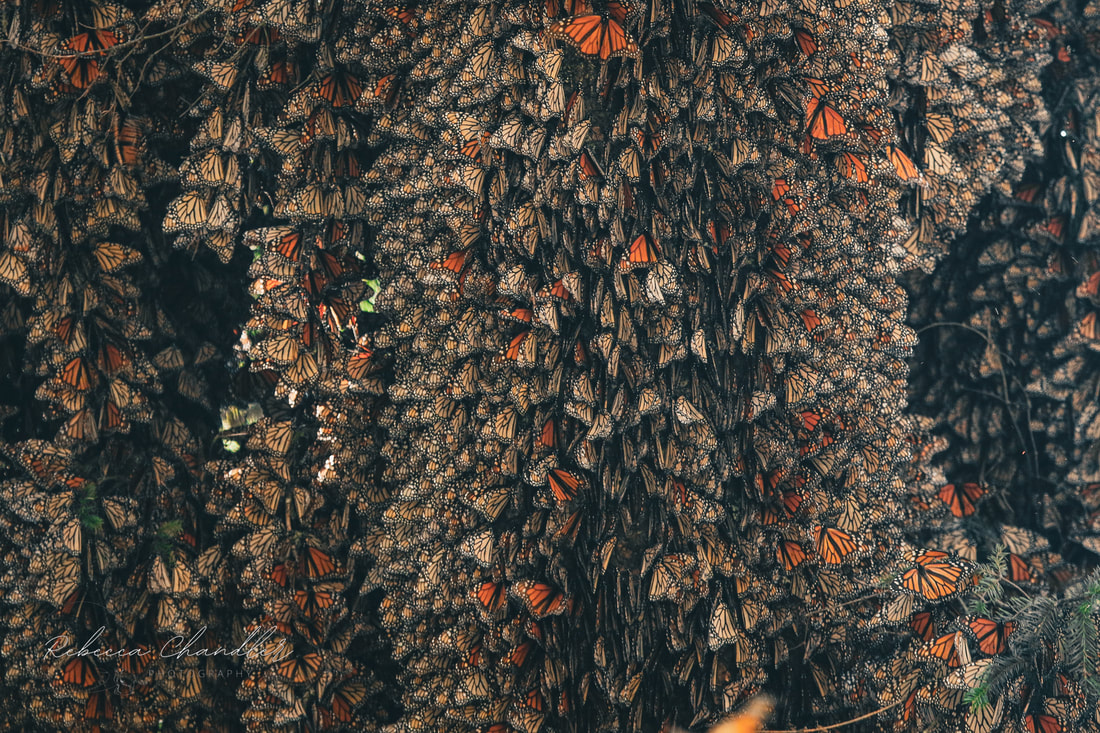
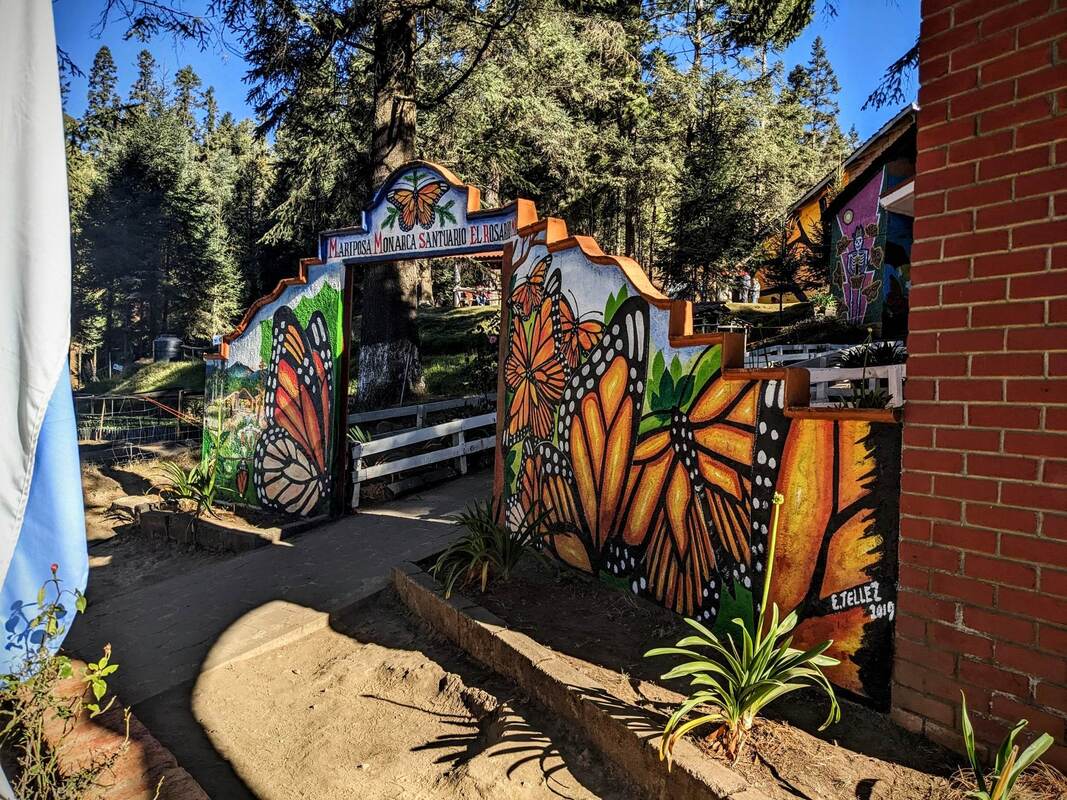


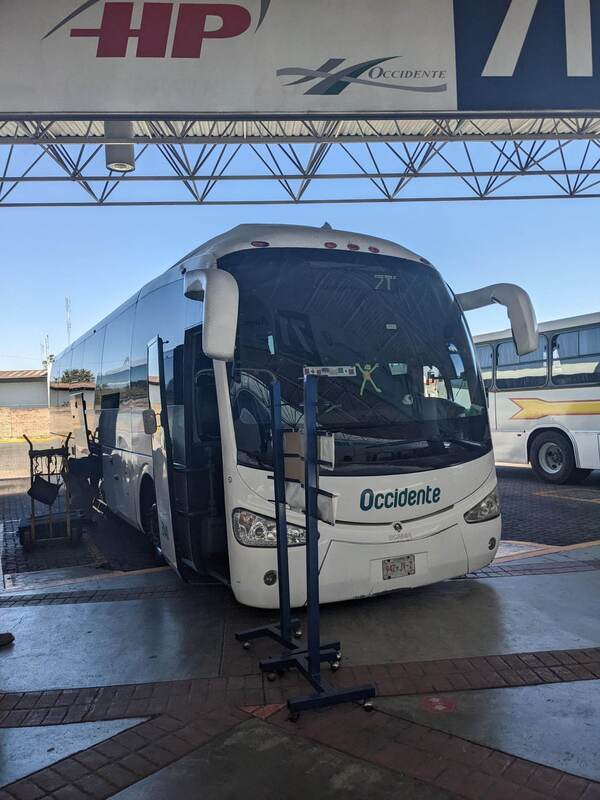






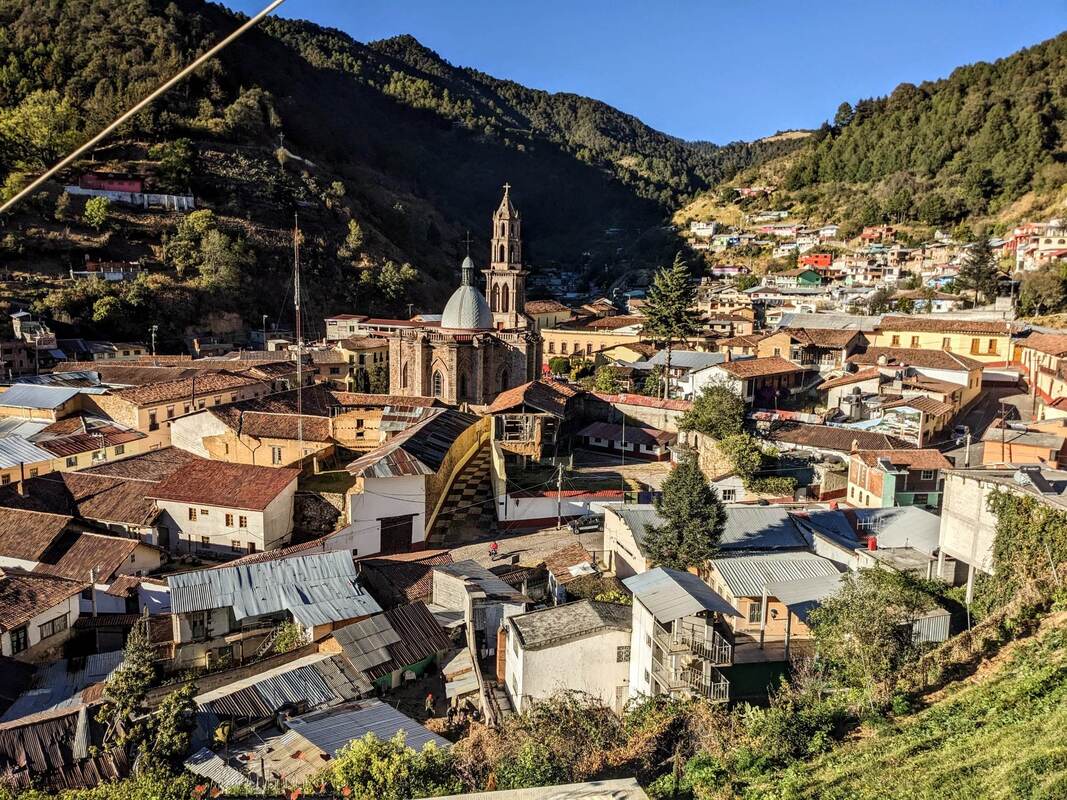


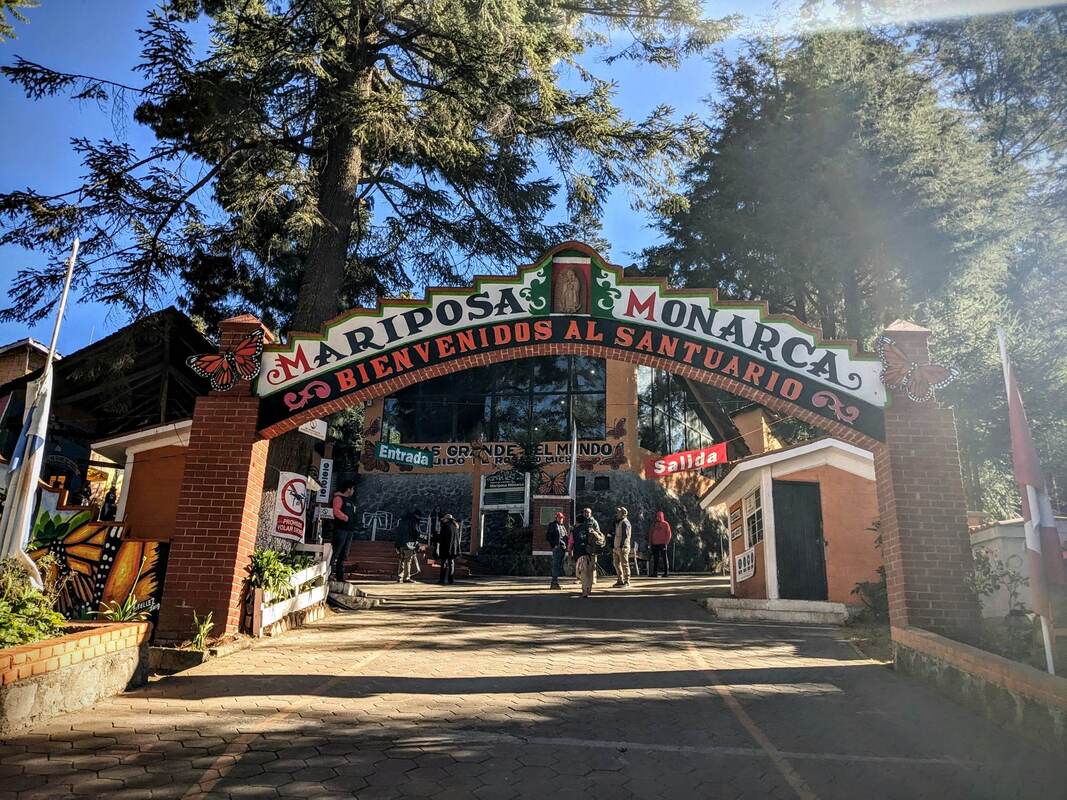
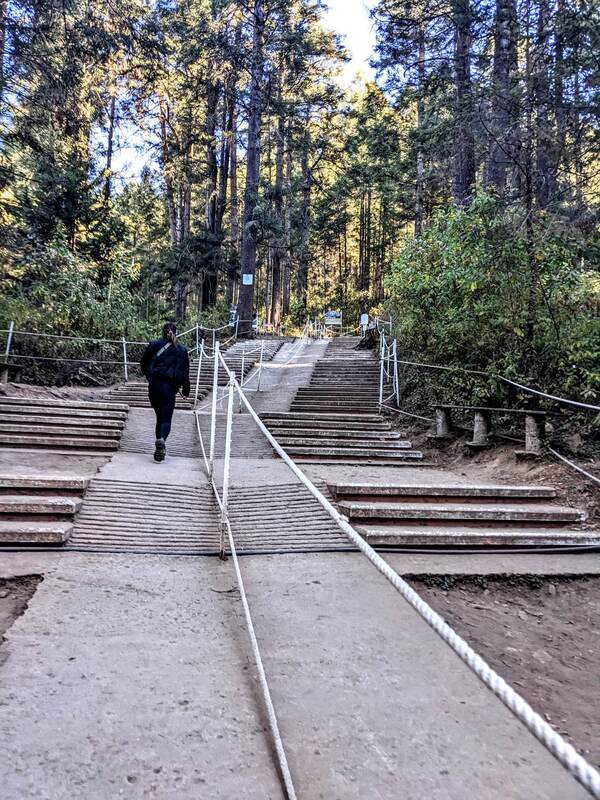

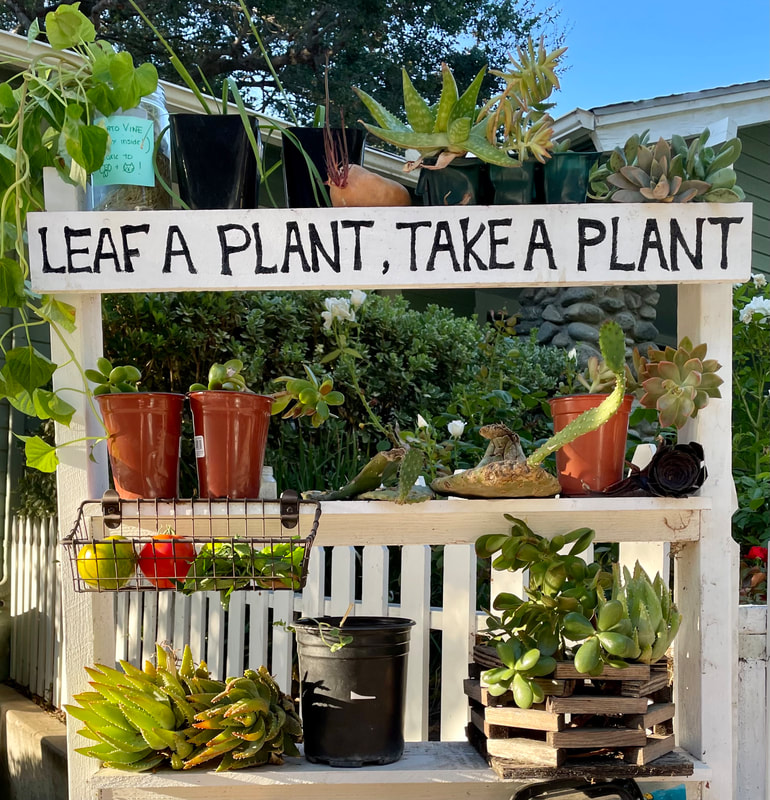
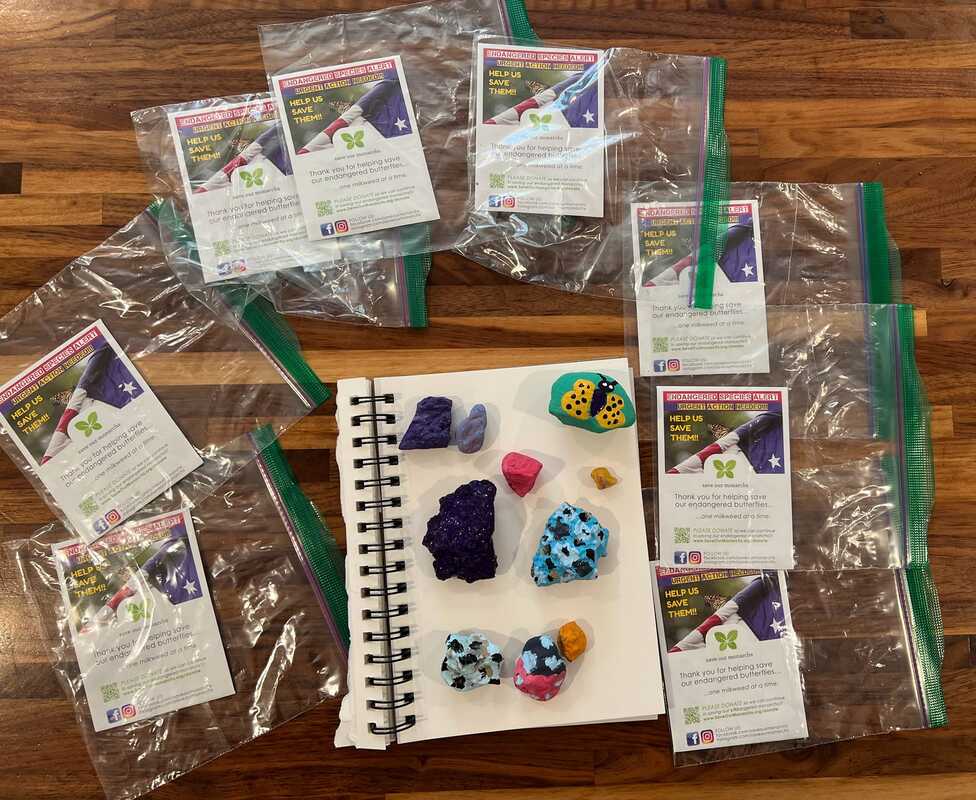
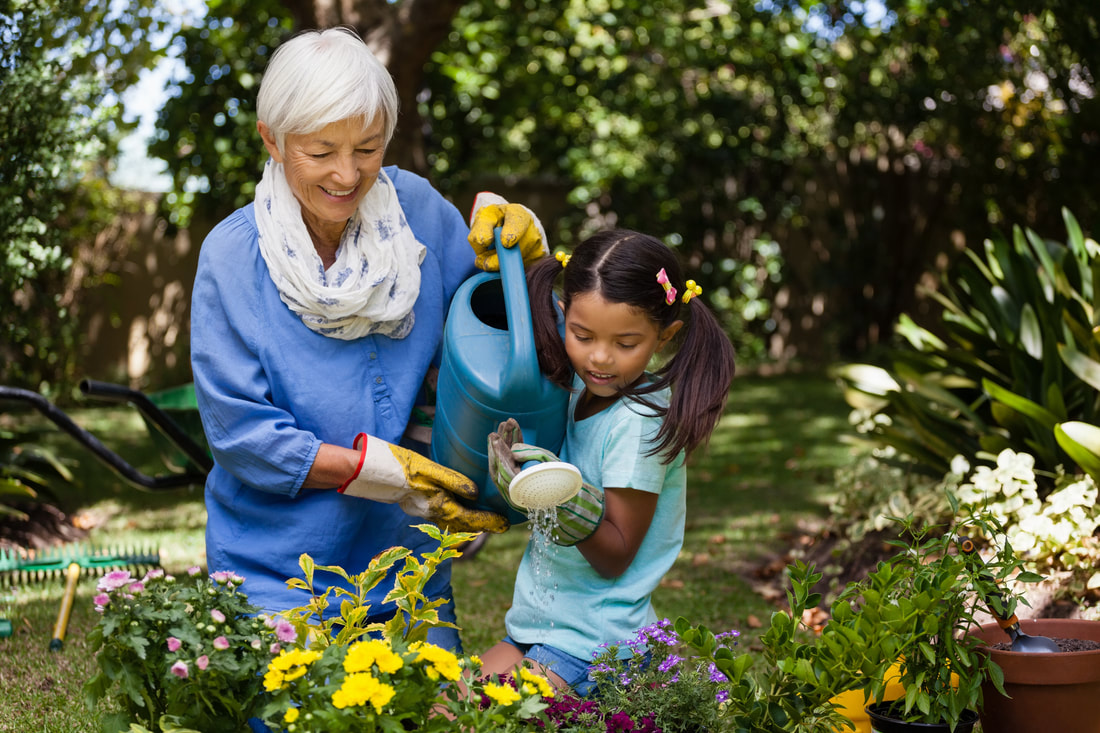
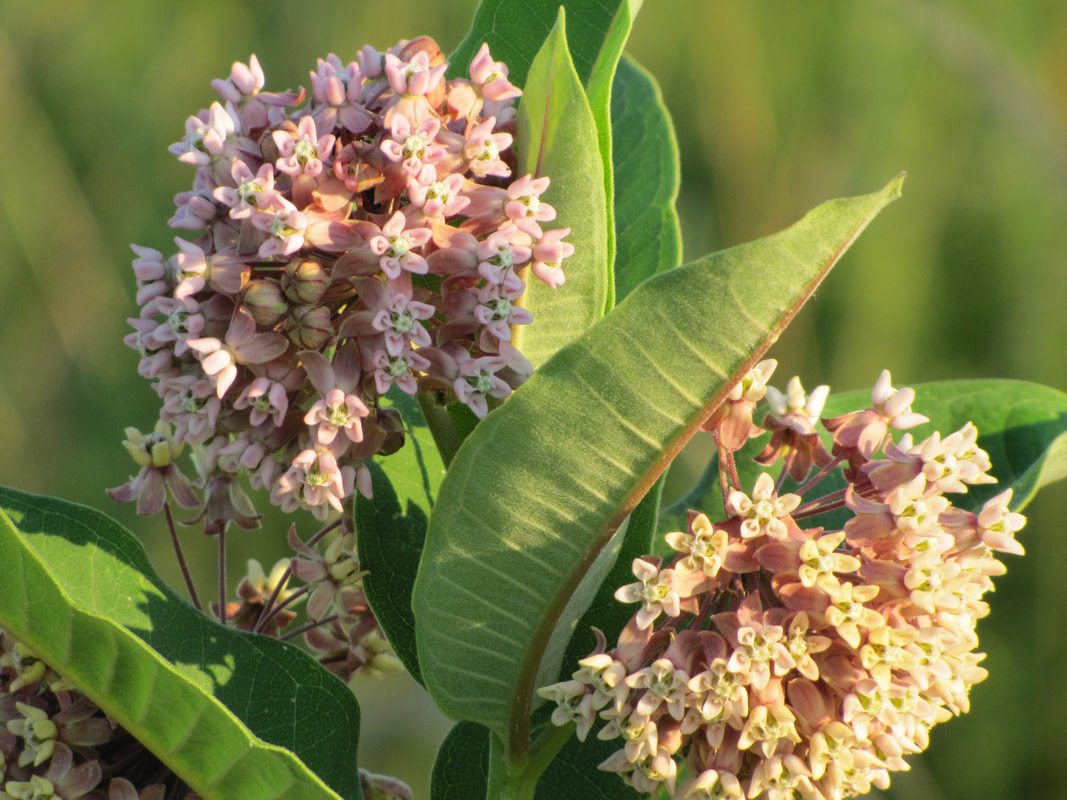
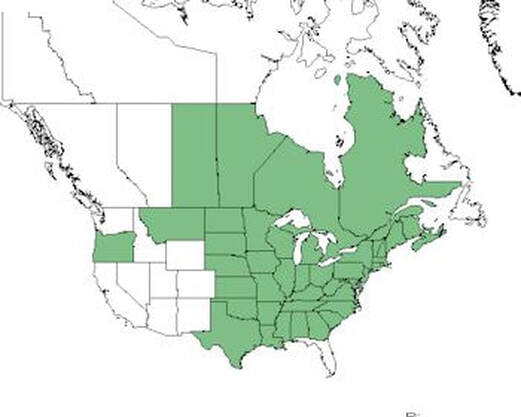
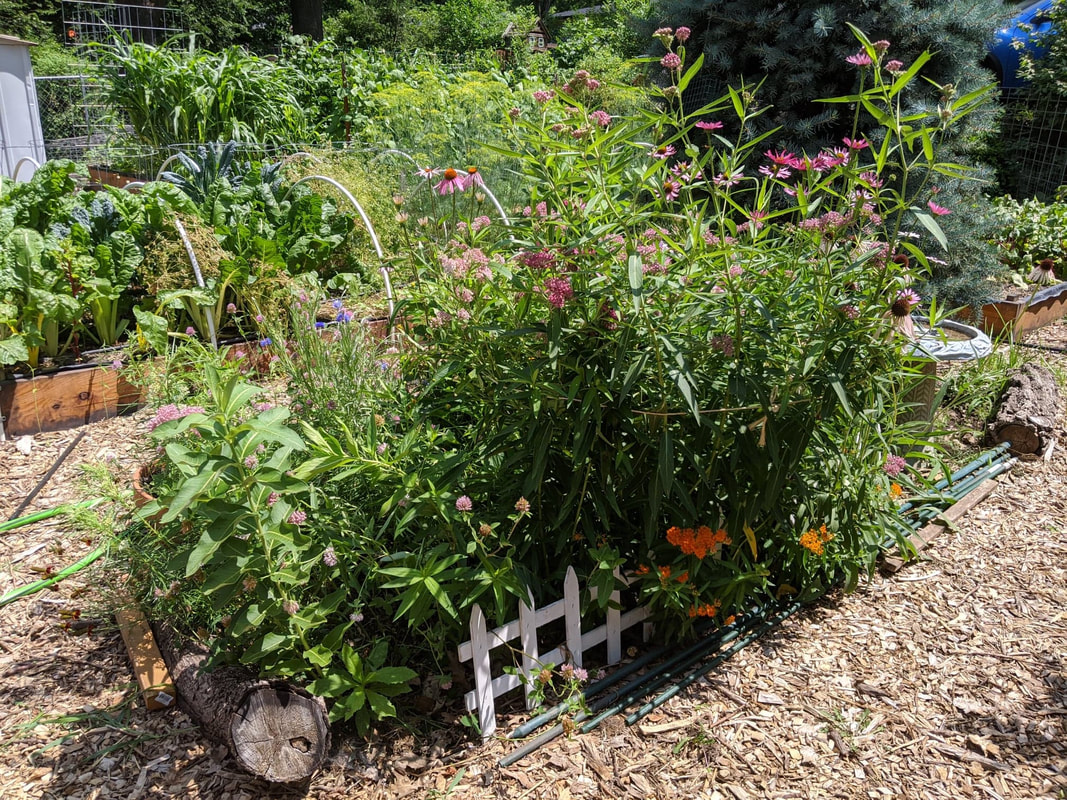
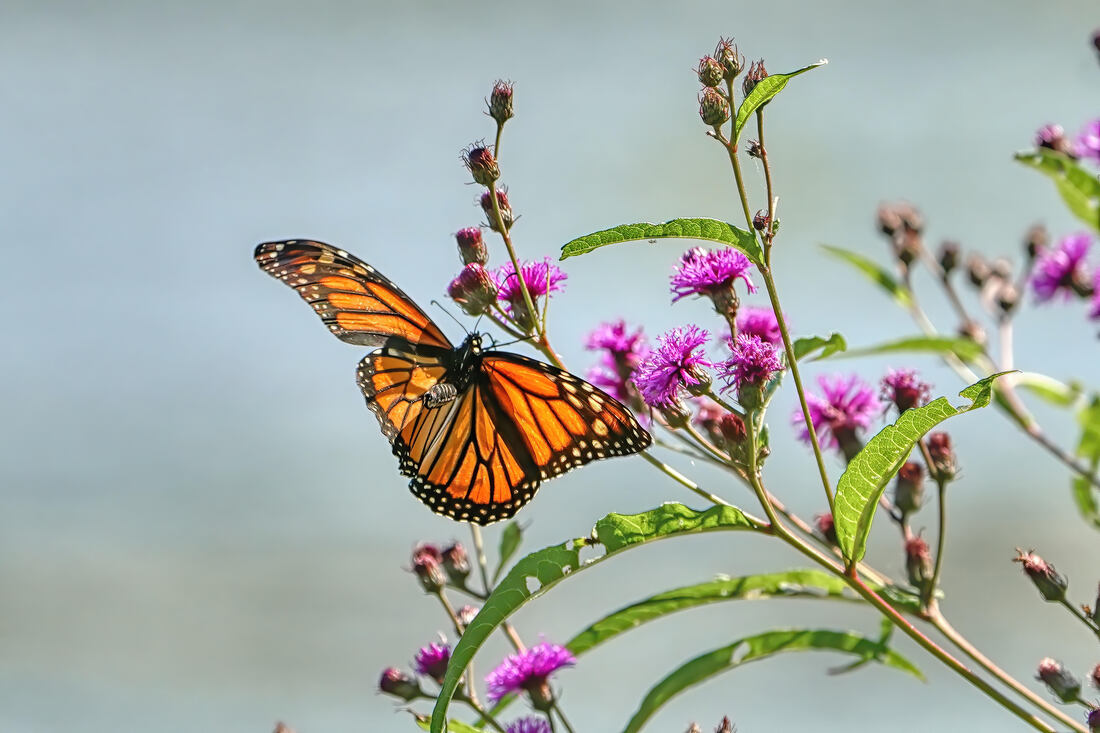

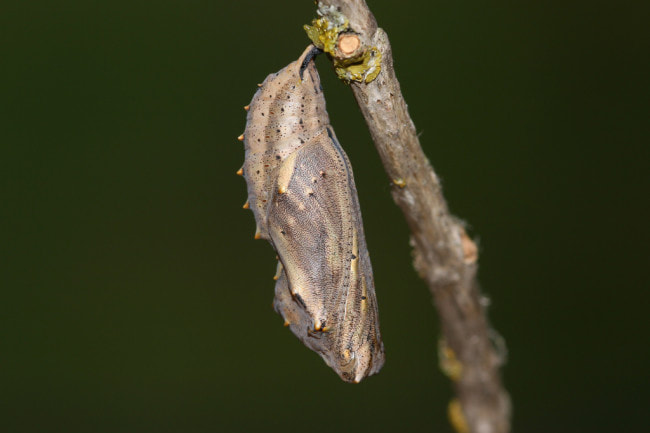
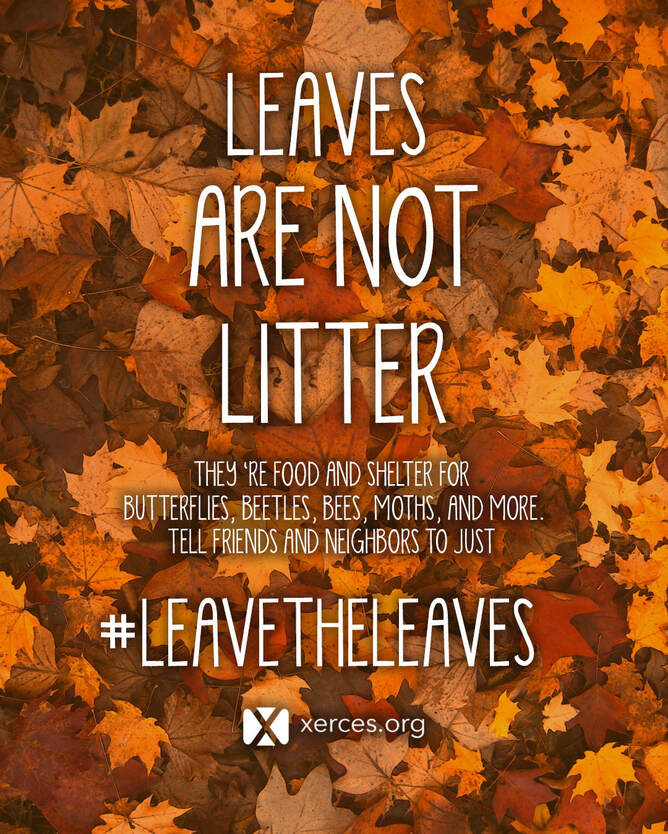

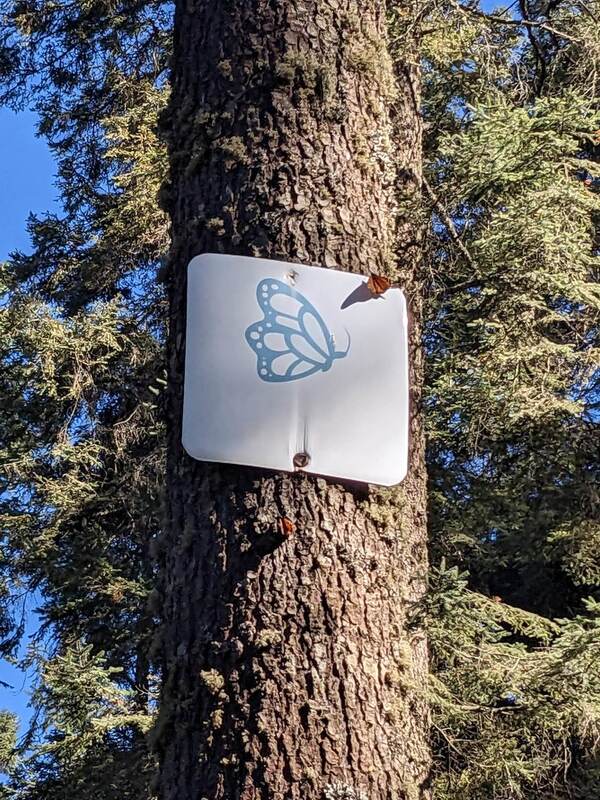
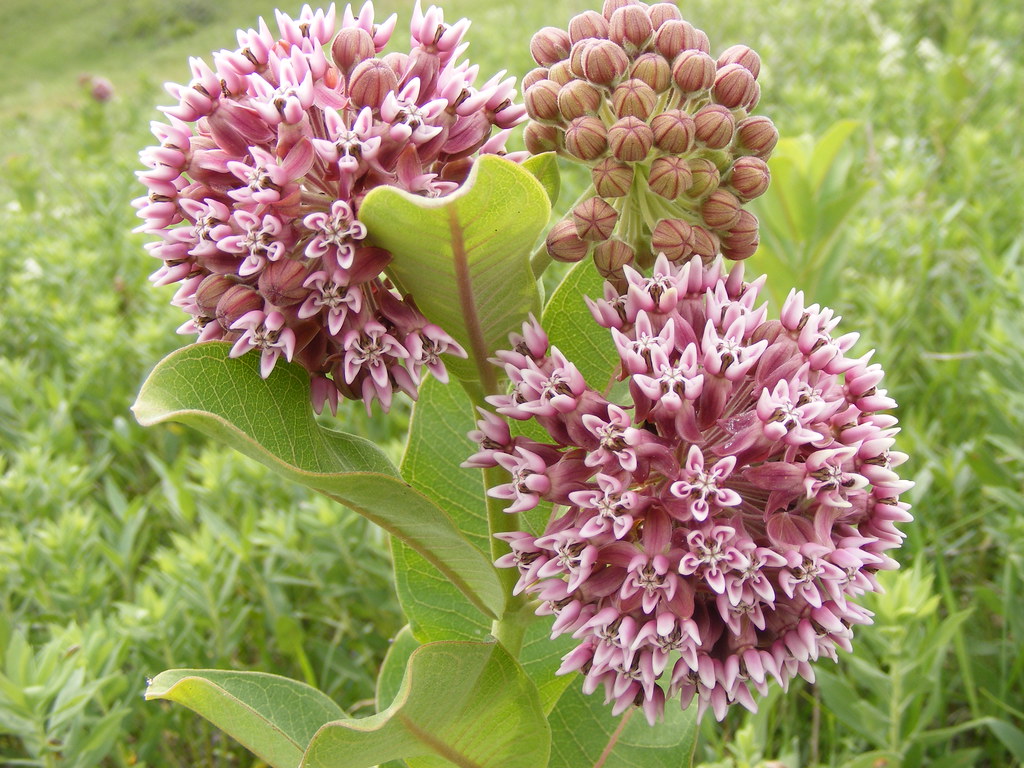
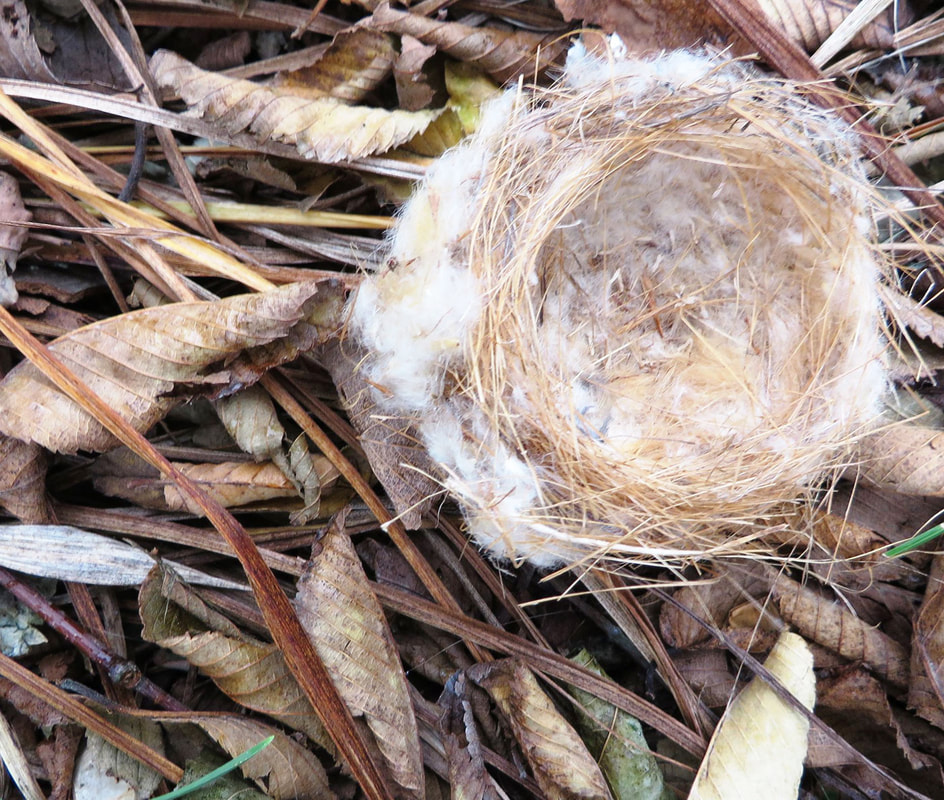
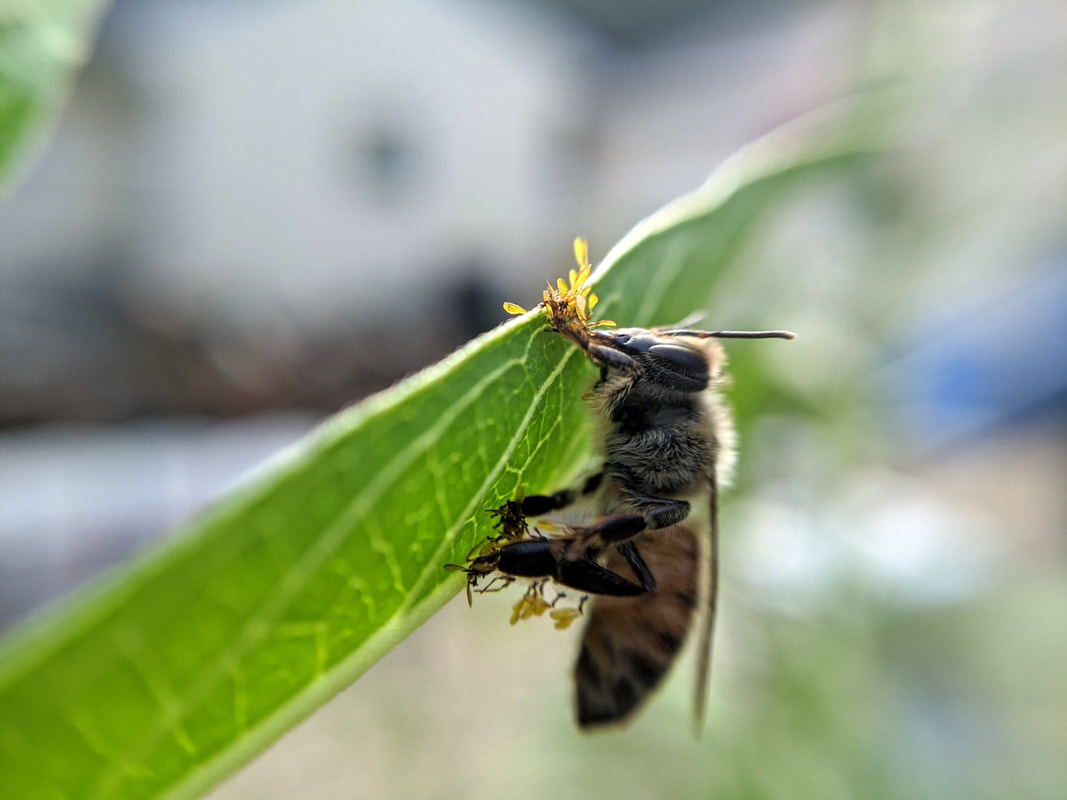
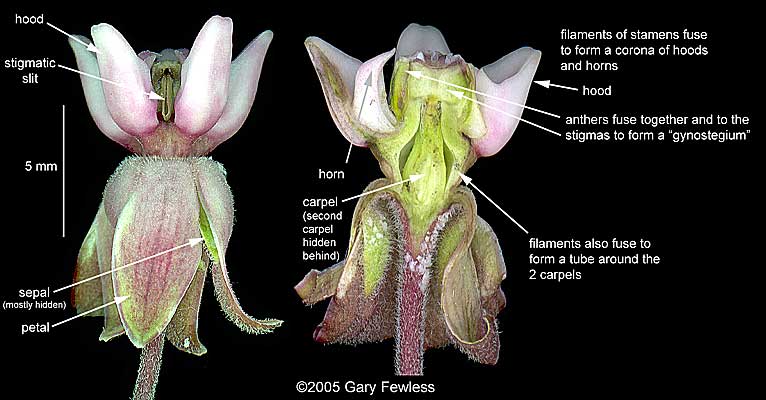
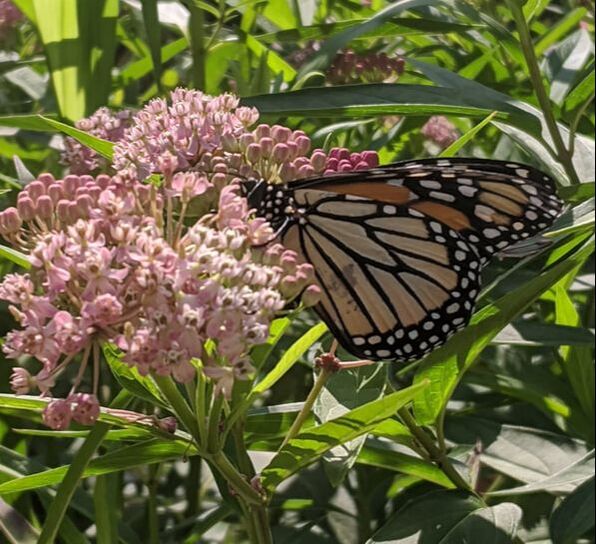
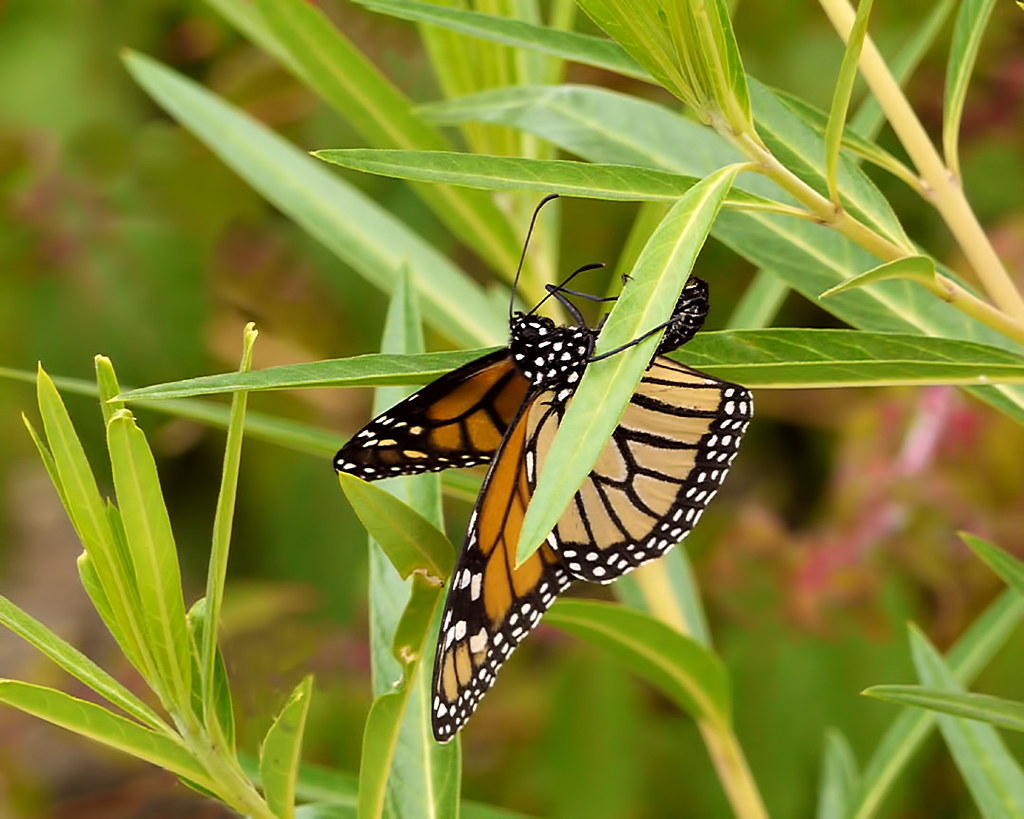
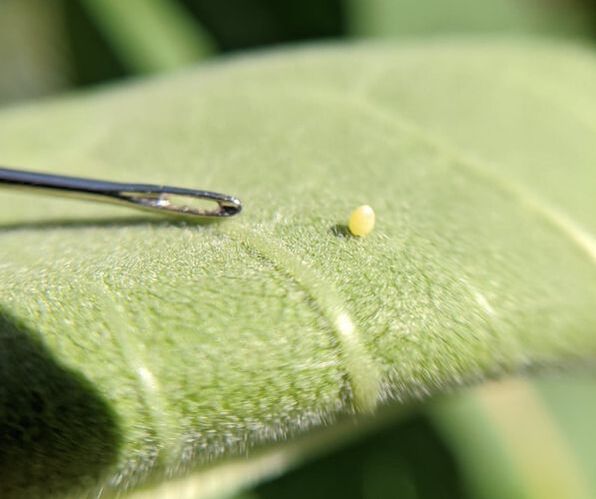
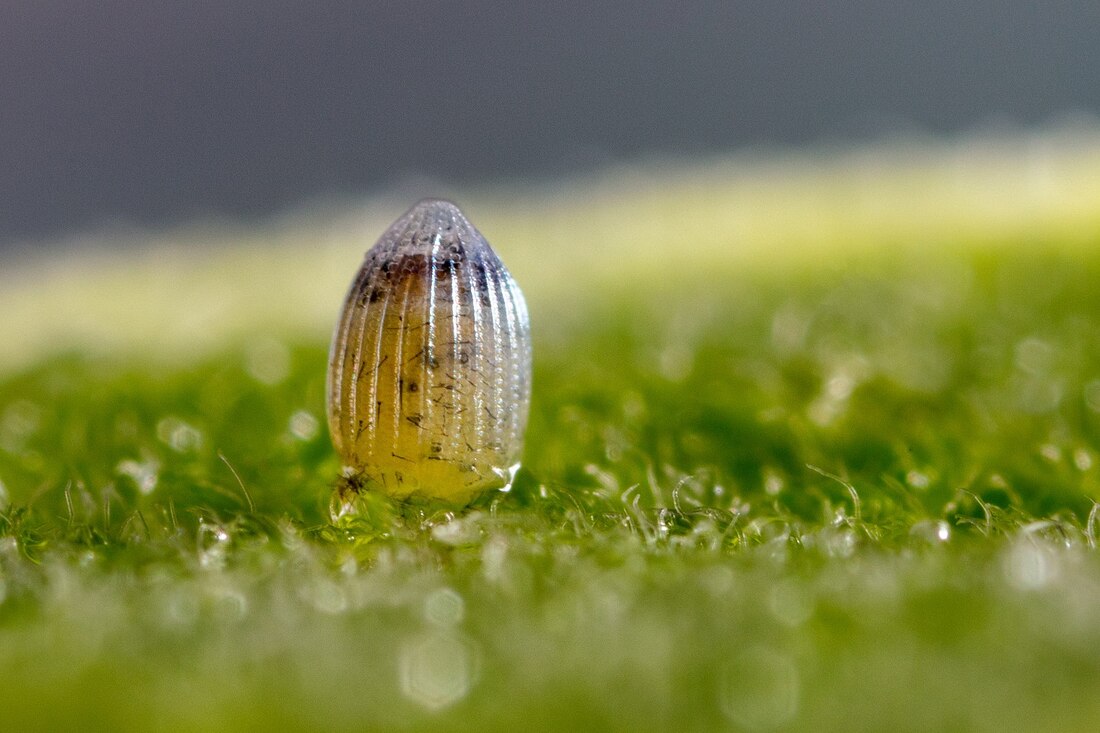
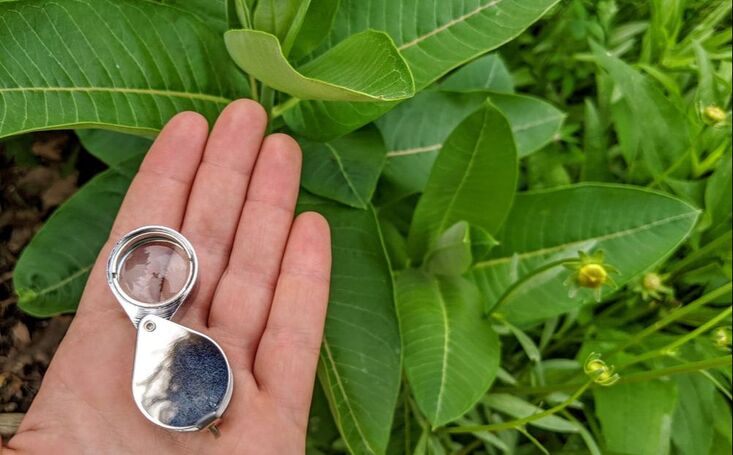
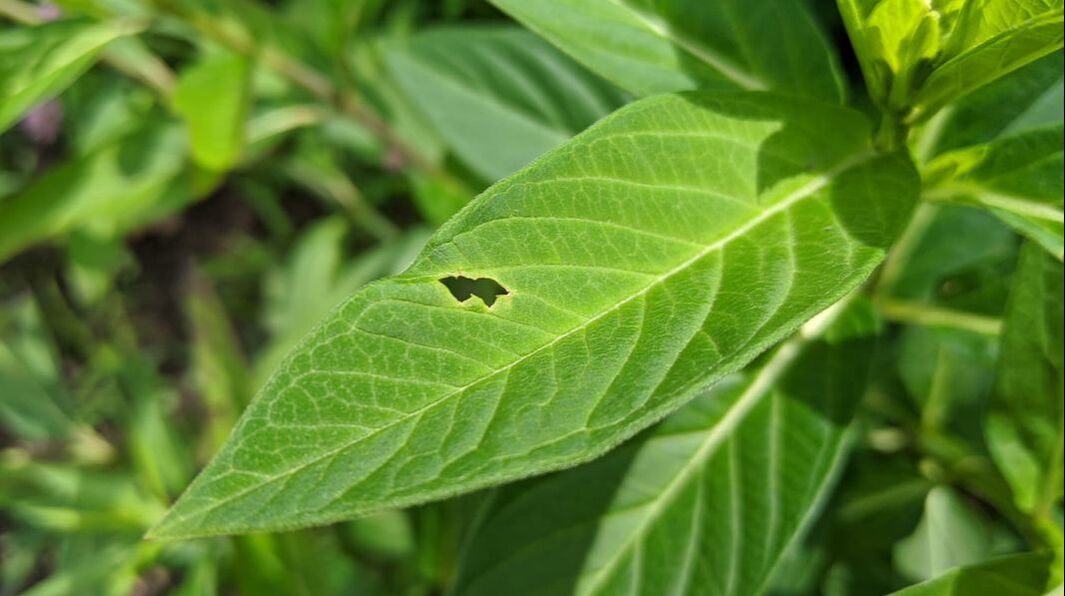
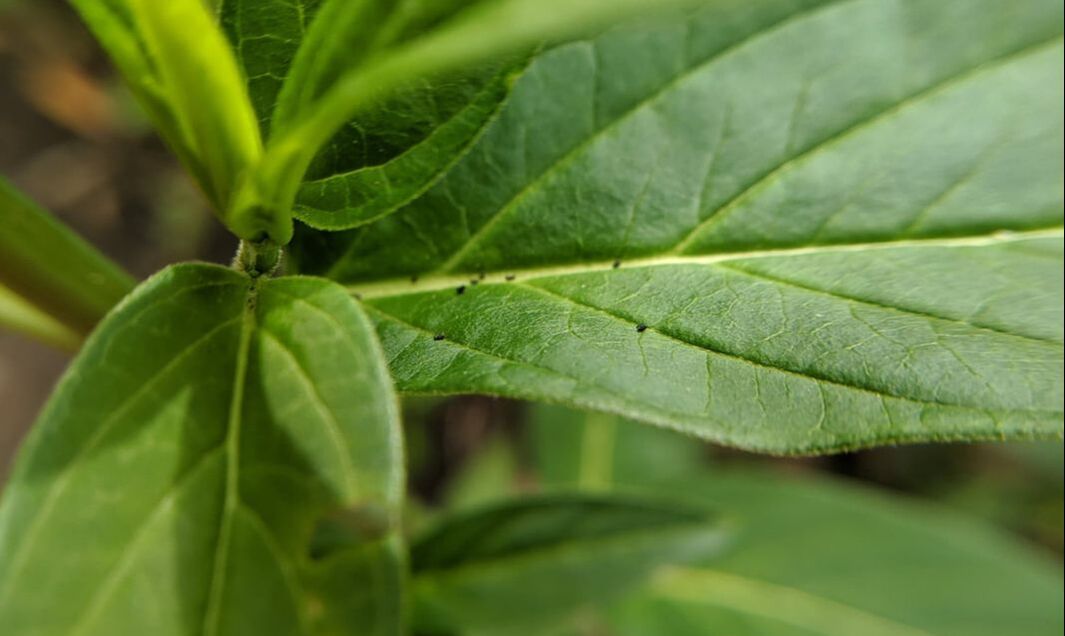
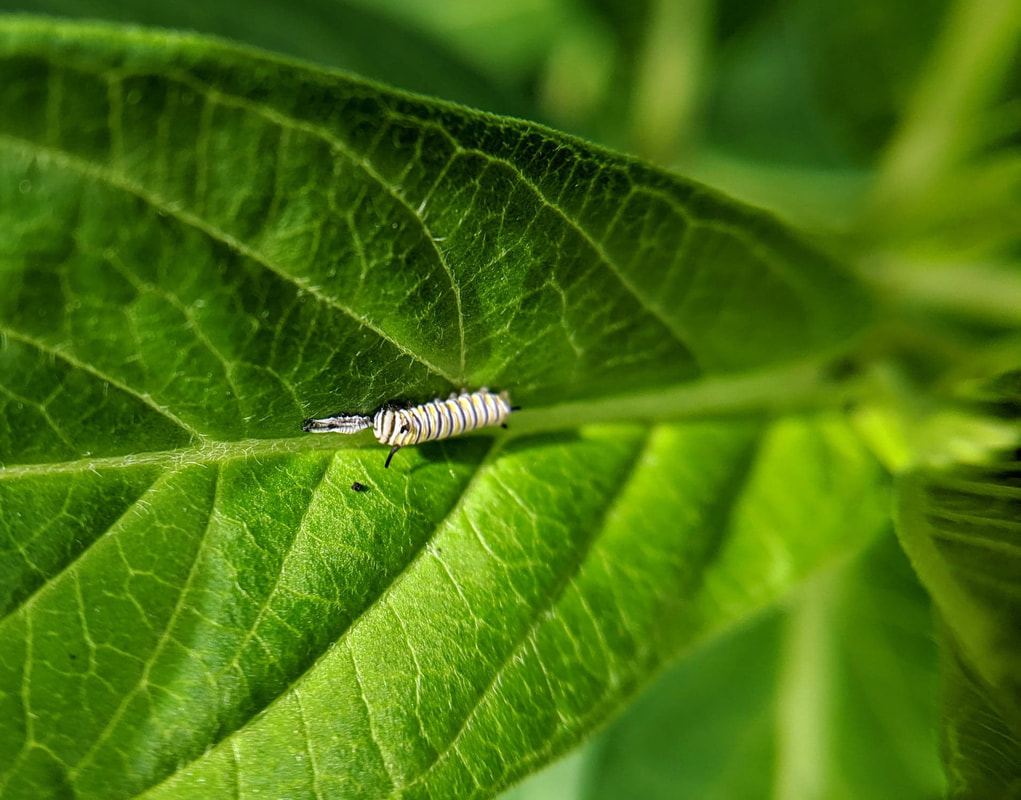
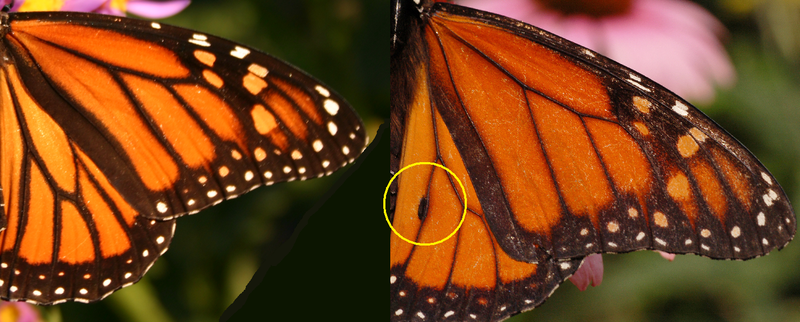
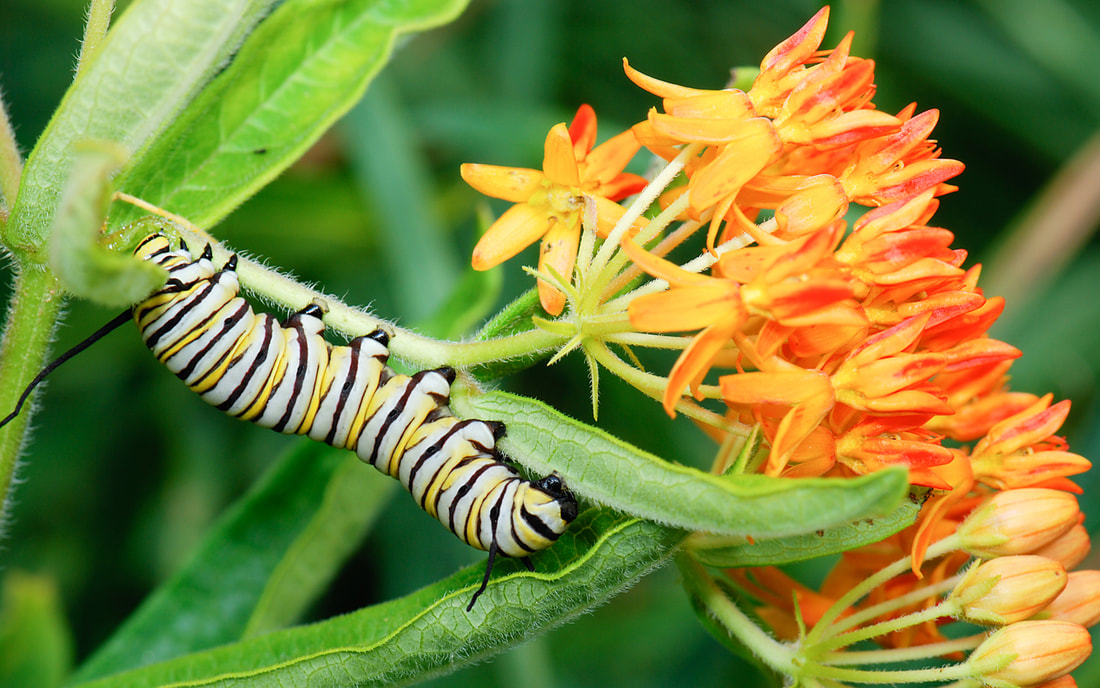
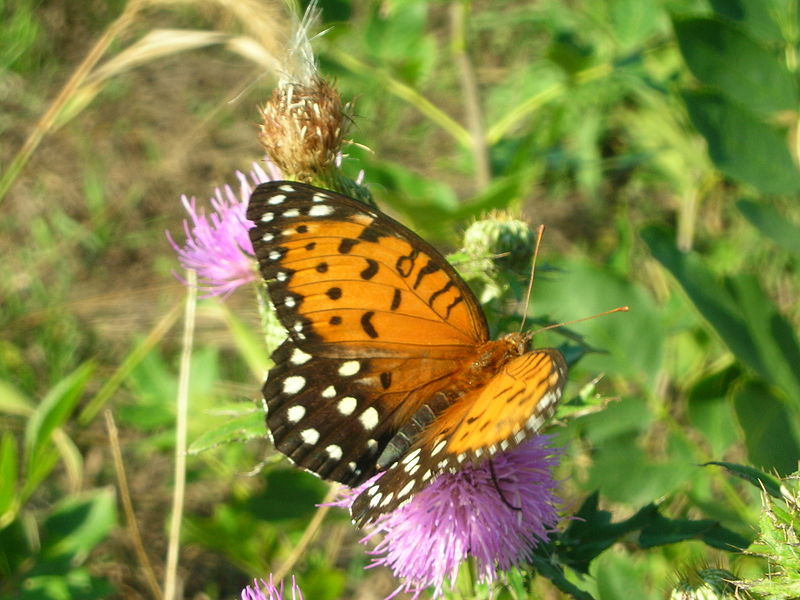
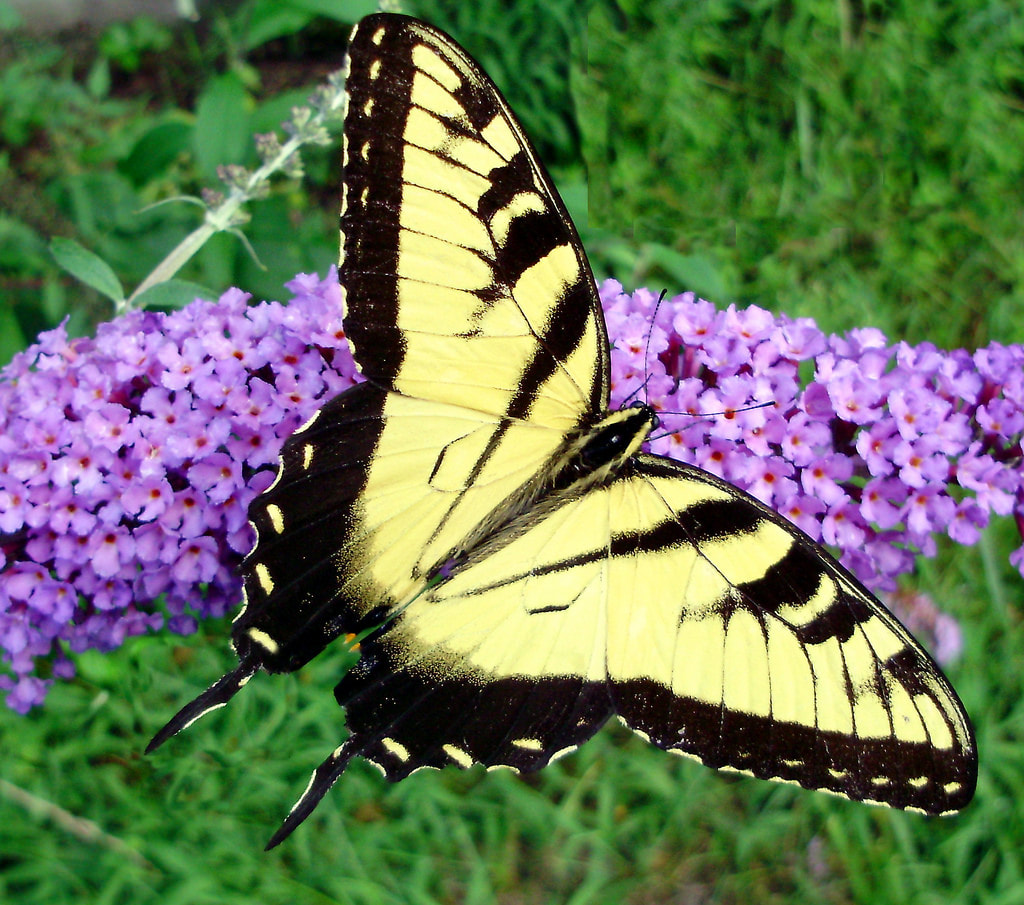
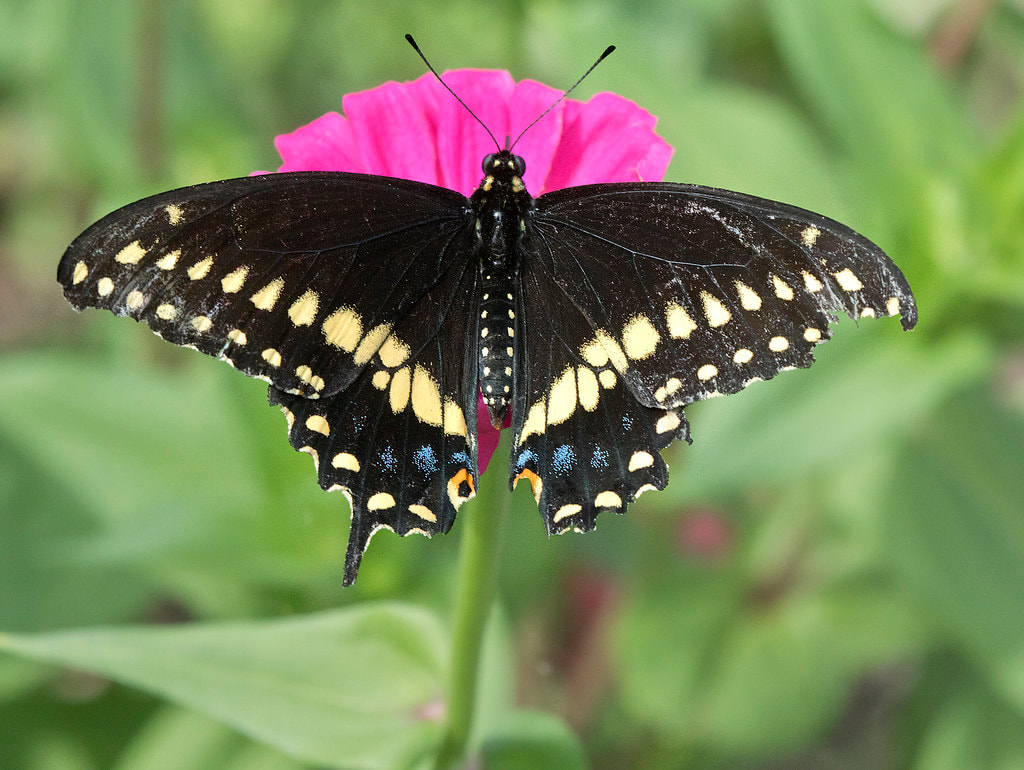
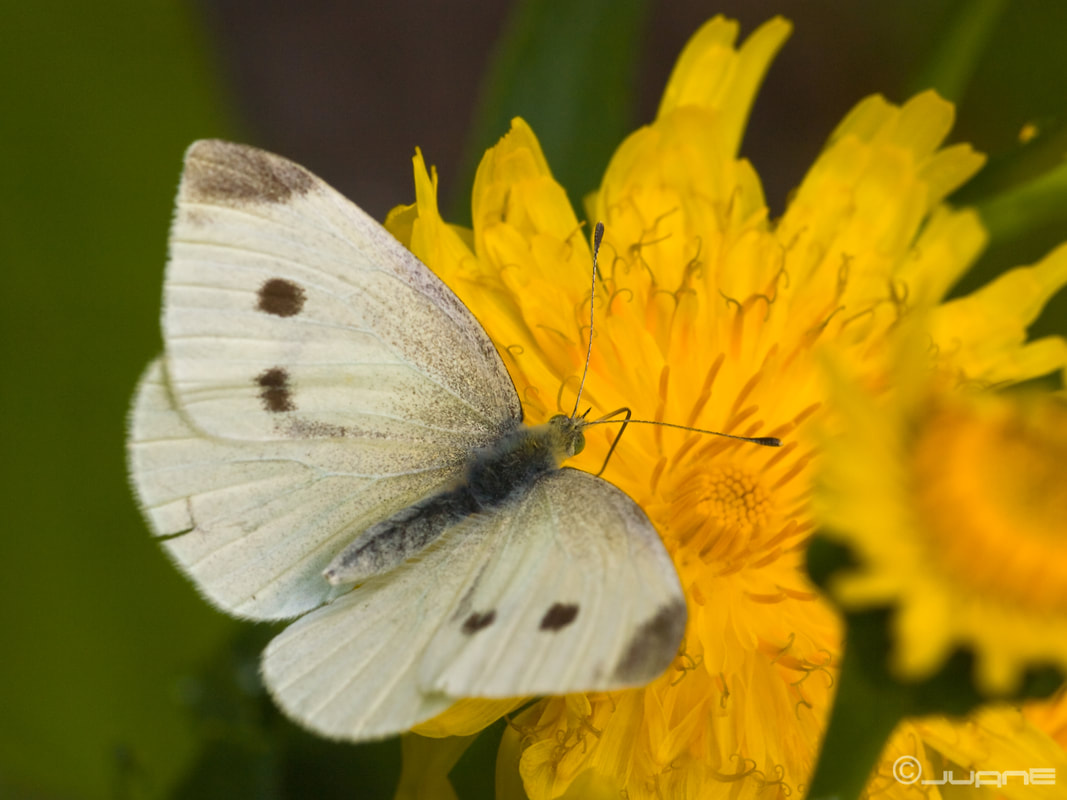
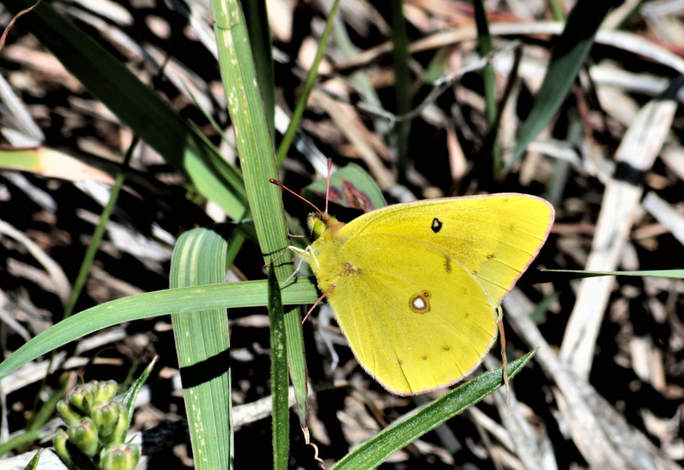
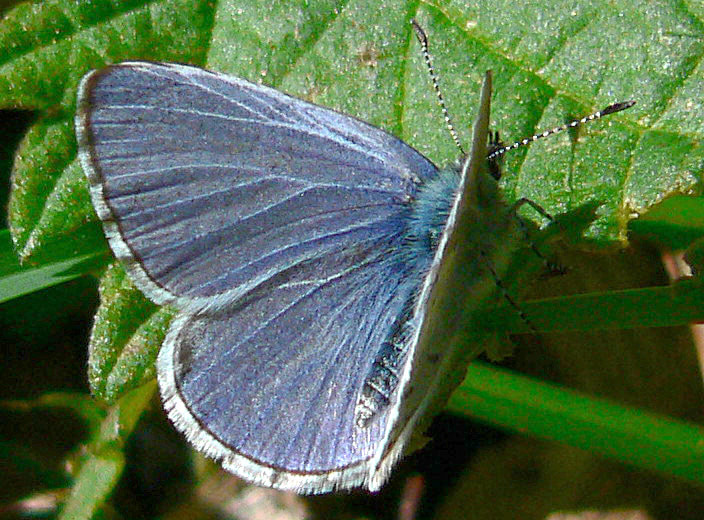
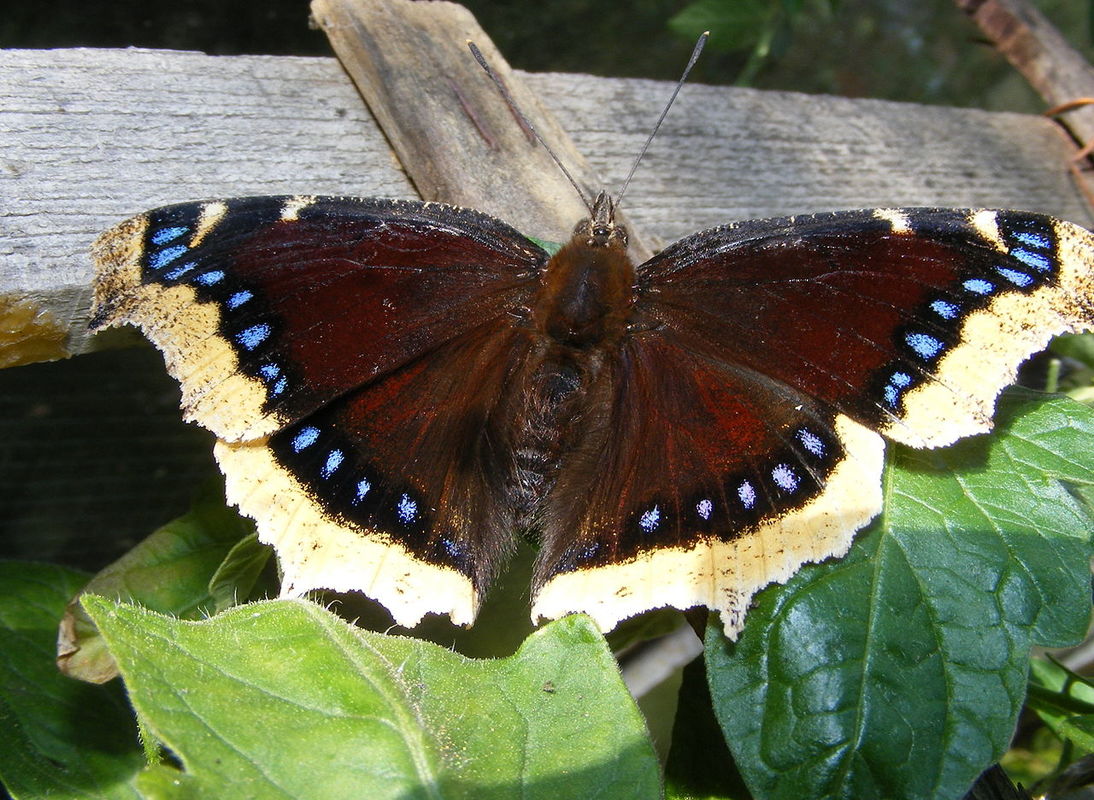
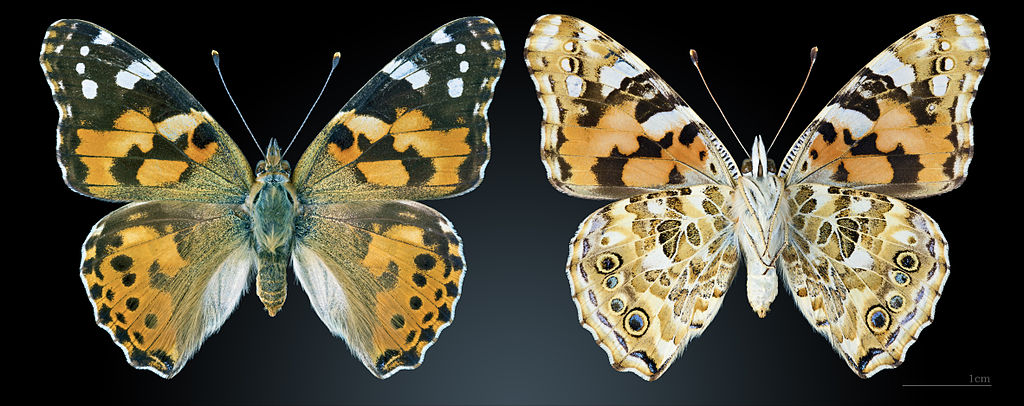
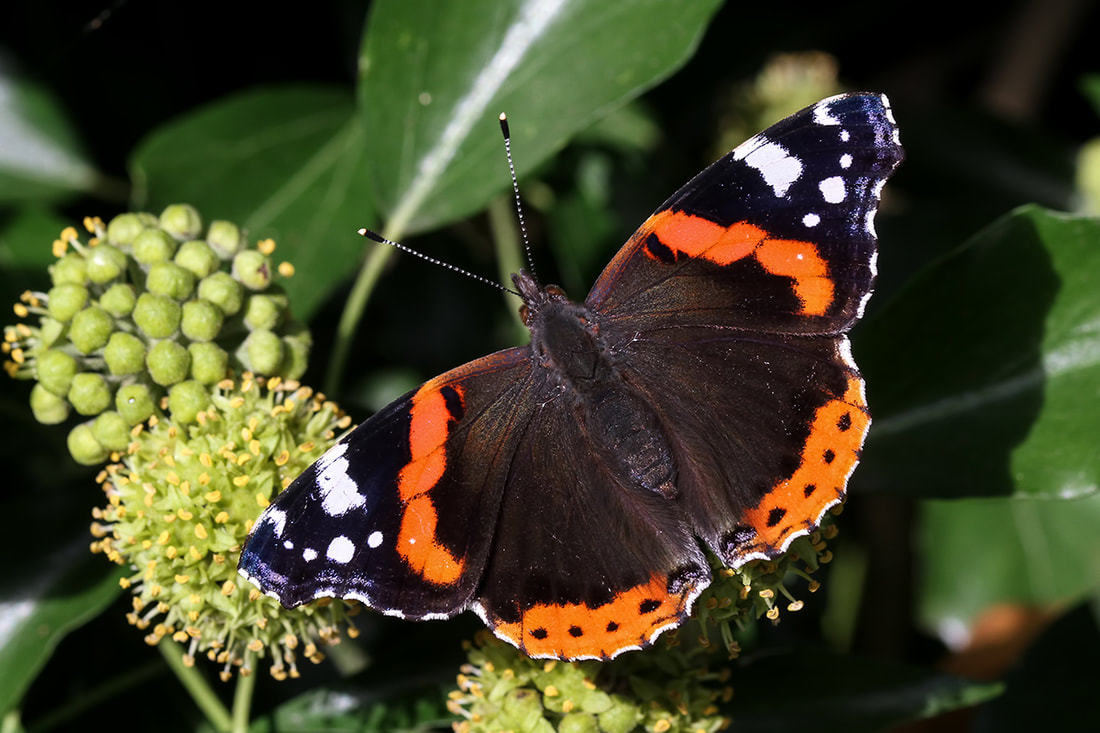
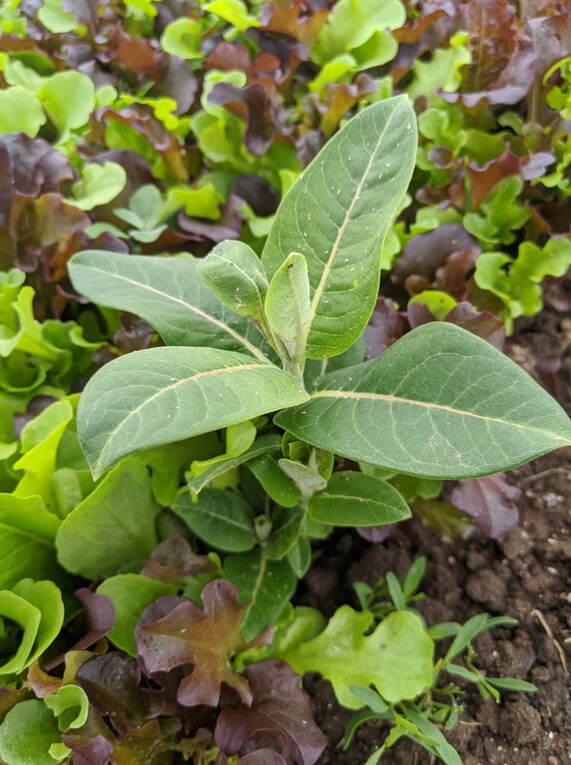
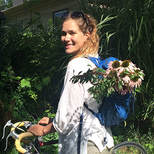
 RSS Feed
RSS Feed